Barbarella (1968)
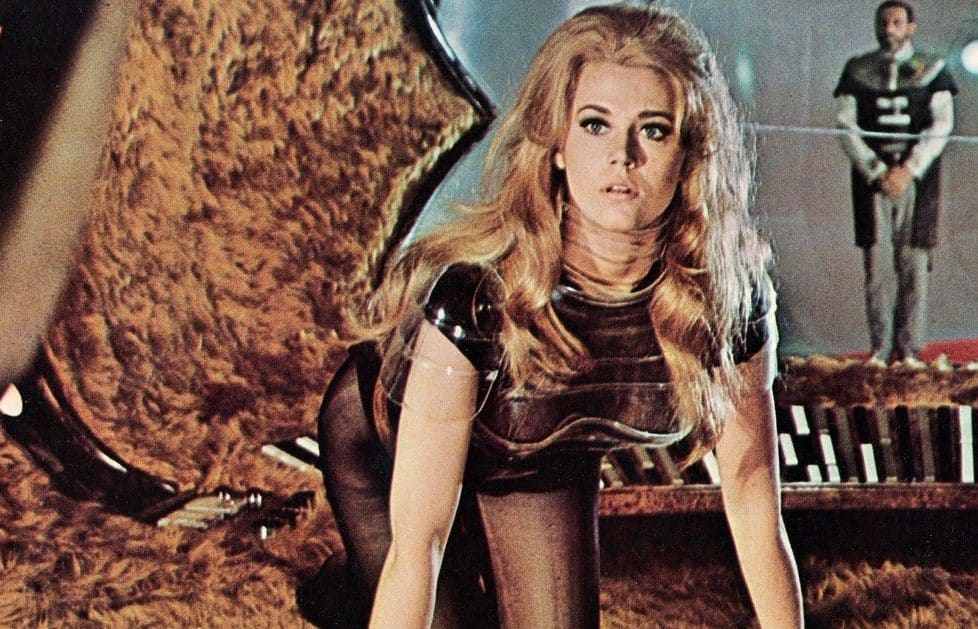
Director Roger Vadim’s 1968 camp classic Barbarella is among the first major movie adaptations of a comic book, but it almost certainly isn’t one you’d sit down to watch with the entire family. In what proved to be one of her signature roles, Jane Fonda plays comic creator Jean-Claude Forest’s interstellar heroine, sent on a mission to save the universe. The adults-only vibe is apparent from the opening credits, which see Fonda’s Barbarella strip out of her spacesuit in zero gravity. While she’s not averse to the odd space battle, Barbarella is considerably more comfortable settling matters peacefully by means of free love; it was the 60s, after all.
Heavy Metal (1981)

The words ‘animated movie based on a comic book’ might immediately imply something you can comfortably watch with pre-teens, but we’d advise against this in the case of Heavy Metal. That is unless you’re keen to expose your innocent younglings to graphic violence, profanity, drug references and copious nudity (all in animated form, of course). Produced by Ivan Reitman, this 1981 feature takes an anthology approach, adapting several well-loved stories from the best-selling French sci-fi publication Metal Hurlant. The stories and their content vary, but we have at least two bona fide superheroes in the form of musclebound macho man Den and pterodactyl-riding warrior woman Taarna.
The Toxic Avenger (1984)
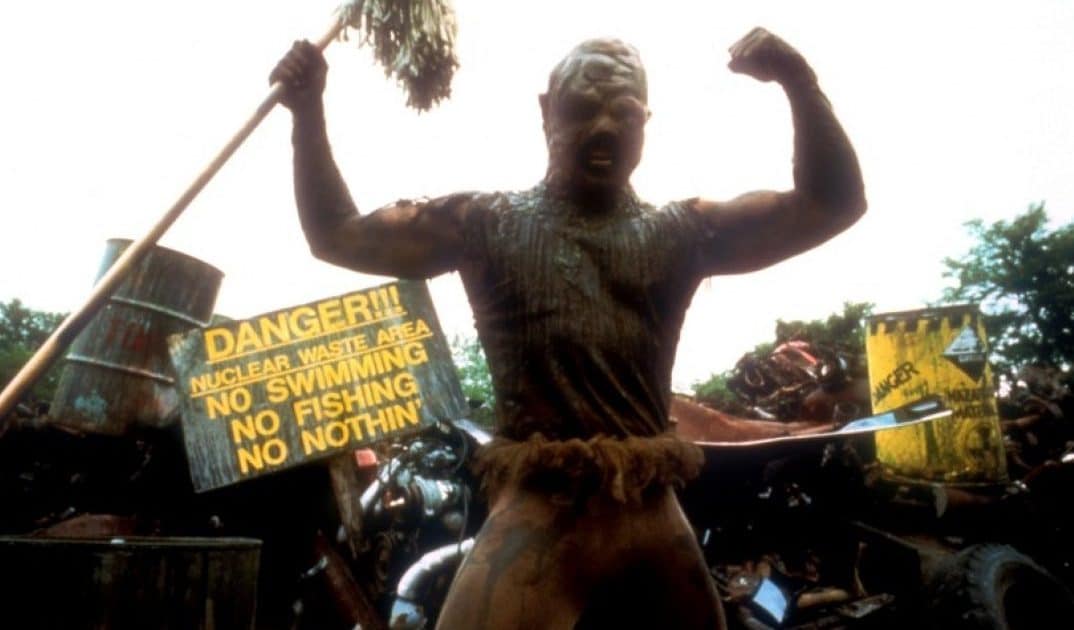
Despite their popularity, superheroes are never going to be everyone’s cup of tea – but if we’re talking acquired tastes, few superhero movies are likely to be quite so selective in their appeal as The Toxic Avenger. Produced by notorious low budget indie film company Troma, the film centres on an average weakling who mutates into a hulking superhuman after falling in toxic waste. Hero Melvin soon decides to use his newfound powers to fight violence and corruption in his home town of Tromaville, taking something of a zero-tolerance attitude toward crime. While it’s far too cheap and campy to take seriously, The Toxic Avenger still gets pretty over-the-top with its violence and distasteful content, and is pretty much guaranteed to offend viewers of a delicate sensibility.
Darkman (1990)

Like The Toxic Avenger, 1990’s Gothic fantasy thriller Darkman was an original creation not adapted from a comic book. Even so, writer-director Sam Raimi was forthright in declaring the film to be heavily inspired by classic pulp-era superheroes like Batman and The Shadow – and it shows. Liam Neeson is Peyton Westlake, a brilliant scientist almost killed in an attack by mobsters which leaves him hideously scarred and no longer able to feel pain, to say nothing of what it does for his temper. Utilising his remarkable formula for artificial skin, with which he can temporarily pose as anyone, Westlake becomes Darkman and hits the streets for justice.
Batman Returns (1992)

Tim Burton’s Batman helped pave the way for the comic book blockbuster boom that came a decade later. Such was the success of the 1989 film, studio Warner Bros agreed to give Burton considerably more freedom for 1992 sequel Batman Returns – although they would come to rue this decision. Although there’s nothing in Batman Returns to push it beyond a PG-13 rating, the film’s downbeat tone, dark humour and overtones of perversity proved off-putting to family audiences (McDonald’s abruptly pulled a tie-in Happy Meal promotion in revulsion at the film’s content). This prompted Warner Bros to make follow-up films Batman Forever and Batman & Robin considerably more family-friendly.
Model by Day (1994)
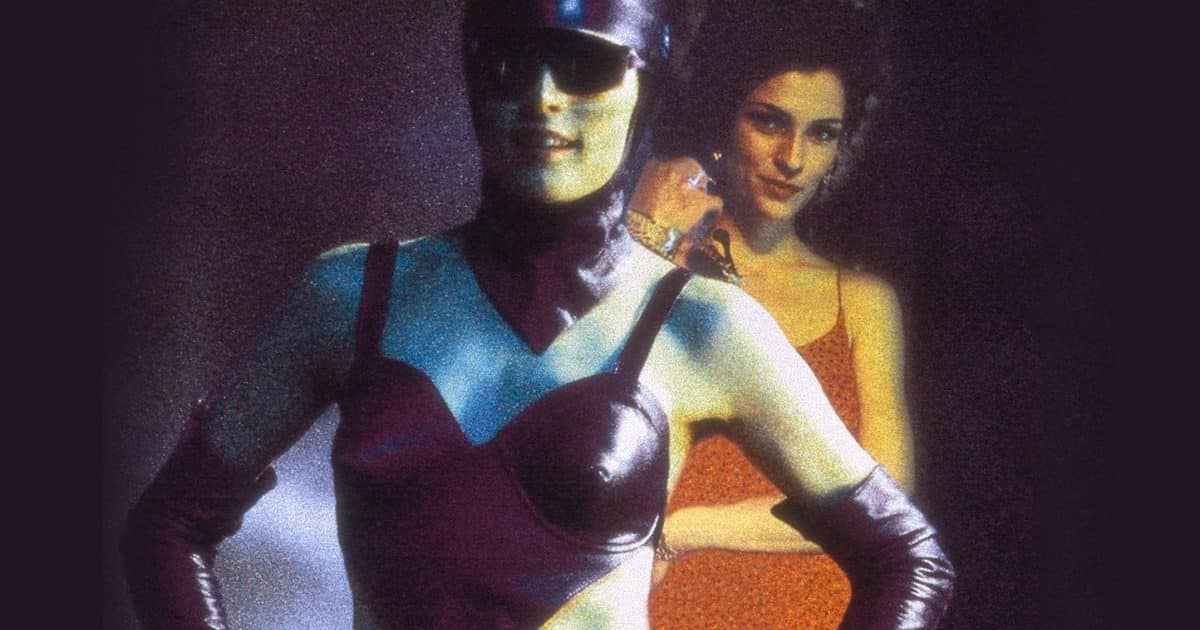
Chances are you might not have heard of this one; and if so, don’t worry, you haven’t missed much. Still, TV movie Model by Day took stepped into adult-oriented superhero territory before that arena had been explored too widely on the big screen. Adapted from an also-largely-forgotten 1990 comic, this 1994 production centres on a supermodel who turns superheroine as masked vigilante Lady X. Intended as a pilot episode for a TV series that never got the go-ahead, Model by Day would most likely be forgotten altogether were it not for the presence of future big screen star Famke Janssen in the lead, plus Sean Young in a supporting role. The film’s superhero action scenes feel stilted today, but even those haven’t aged as badly as the hints of Red Shoe Diaries-esque eroticism.
The Crow (1994)

This revenge fantasy from director Alex Proyas will always have a dark shadow cast over it by the tragic death of its leading man Brandon Lee, who was fatally wounded on set in a firearms accident. Despite this, The Crow still proved massively successful, and was one of the first comic book adaptations to fully cast aside camp and present a gritty take on the source material. Lee proved pitch-perfect casting as Eric Draven, rock guitarist-turned-undead avenger who returns from the grave to punish the criminals who murdered him and his fiancé. Draven might be a very dark hero, but he definitely qualifies as ‘super’ thanks to his invulnerability, psychic abilities and healing powers.
Tank Girl (1995)
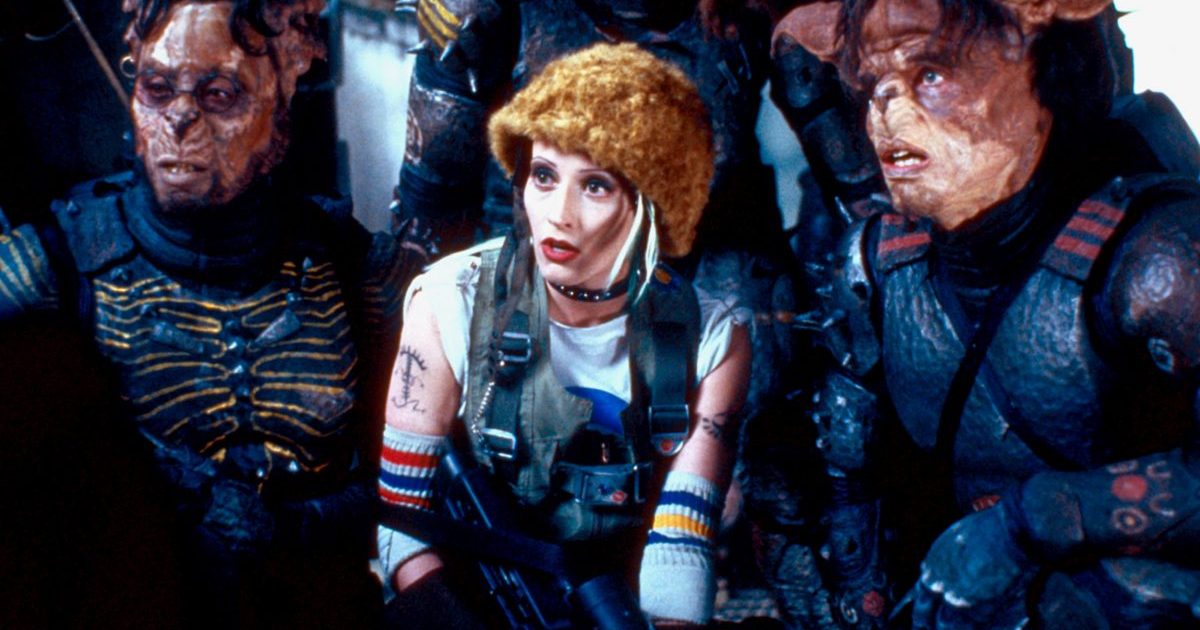
Alan Martin and Jamie Hewlett’s underground comic Tank Girl became a cult sensation in the early 90s, so it didn’t take long for Hollywood to come calling. The ensuing film from director Rachel Talalay also enjoys cult status today, despite the fact that what made it to the screen wound up being quite far removed from the source material. Set in a post-apocalyptic future, Lori Petty takes the title role as a rebellious outcast trying to get by in the wastelands. A troubled production, Tank Girl wound up having a lot of its more provocative material cut by the studio in an (unsuccessful) attempt to secure a PG-13. Even so, it’s still pretty out-there in terms of its sexuality and aggression.
Barb Wire (1996)

Another 90s adaptation of a cult comic book, Barb Wire gave Baywatch star Pamela Anderson her first major leading role as a nightclub owner in a dystopian future who does a little mercenary work on the side, all whilst sewn into an impossibly tight leather corset. Against her will, Barb finds herself drawn into the rebellious uprising against the totalitarian regime that has overtaken America. No one in their right mind would ever claim that Barb Wire is a good movie or that Anderson gives a particularly good performance in it. Even so, it’s hard to dispute the film exudes entertainment value of the trashiest kind. And of course, given the level of violence, profanity and sexuality, it’s most definitely not one to watch with the entire family.
Blade (1998)
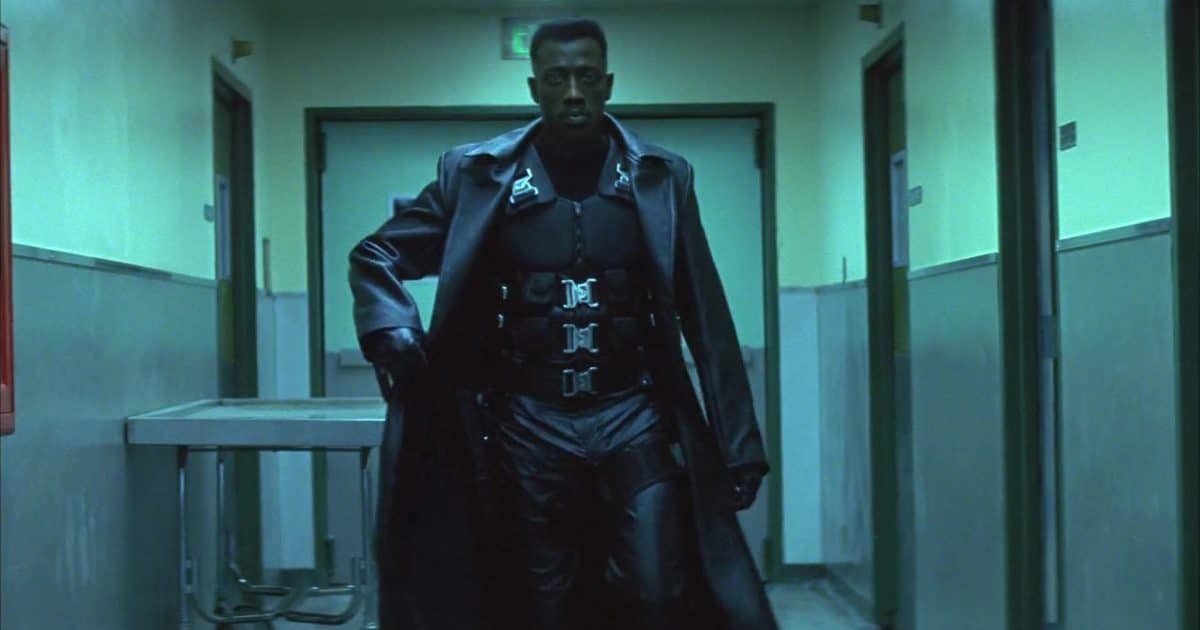
This groundbreaking blend of action and horror from director Stephen Norrington was a major turning point for the film industry, even if no one seemed to realise it at the time. Legendary comic publishers Marvel (who were then on the brink of bankruptcy) took their first steps into producing their own films with this live-action take on their streetwise vampire hunter. Introduced in horror comic The Tomb of Dracula in 1973, Blade wasn’t a well-known character until the movie series made him one. As befits a vampire movie, the 1998 film and its two sequels are gory and violent affairs, but it’s Wesley Snipes’ super-cool portrayal of the unshakable ‘daywalker’ that really makes the movies work.
Unbreakable (2000)
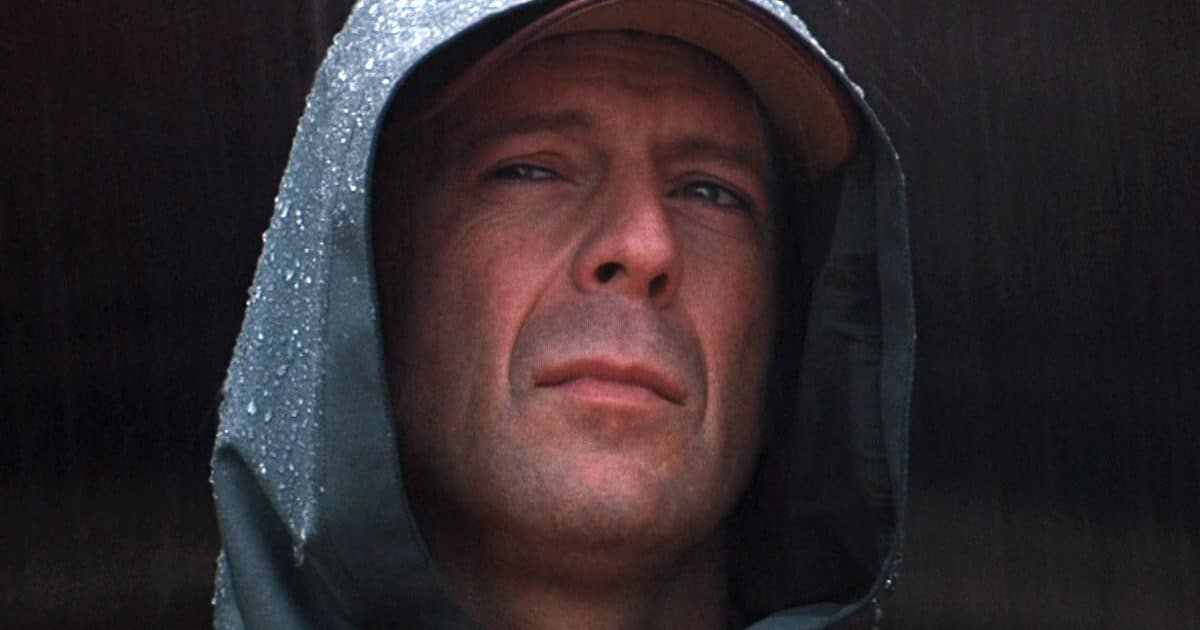
Made hot on the heels of M Night Shyamalan and Bruce Willis’ 1999 smash hit The Sixth Sense, Unbreakable approaches comic book heroics in much the same way the earlier film handled ghosts: it’s a grittily realistic contemplation of how ordinary people might react to extraordinary phenomena, in this case the discovery that Willis’ security guard has superpowers. While it’s not strictly unsuitable for children, the mature tone of Unbreakable (whose story world Shyamalan would later revisit with Split and Glass) gears it very much towards an adult audience. It’s also a significant film in that it gave Samuel L Jackson his first superhero-related role, eight years before the actor helped launch the Marvel Cinematic Universe as Nick Fury in Iron Man.
Constantine (2005)

This first big-screen outing for the character created by artist Stephen R. Bissette and writer Alan Moore left many fans a tad dissatisfied on Constantine’s release. Many took exception to the casting of Keanu Reeves in the title role, as the dark-haired American is pretty far removed from the blond-haired Englishman that John Constantine has always been in the comics. Never mind, because Reeves is as watchable as ever as the world-weary occult investigator doing battle with demons. The special effects and designs are great, and there’s a strong supporting cast including Rachel Weisz, Tilda Swinton, Djimon Hounsou and Peter Stormare, not to mention an early turn from the notorious Shia LaBeouf.
V for Vendetta (2006)

This adaptation of Alan Moore and David Lloyd’s classic comic series takes place in a dystopian future owing a great deal to George Orwell’s 1984. Hugo Weaving stars as V, the verbose vigilante in the now-iconic Guy Fawkes mask, who plots to bring down the corrupt powers that be with the (initially unwilling) assistance of Natalie Portman’s Evey Hammond. The V for Vendetta movie irked some fans, and Alan Moore himself, by toning down the psychotic V of the comic into a more romantic character (it’s worth noting that original V actor James Purefoy quit over ‘creative differences’ regarding the role). This take may wash over the more ambiguous tone of the source material, but the film still gives us a compelling and distinctly grown-up take on the caped crusader archetype.
Wanted (2008)
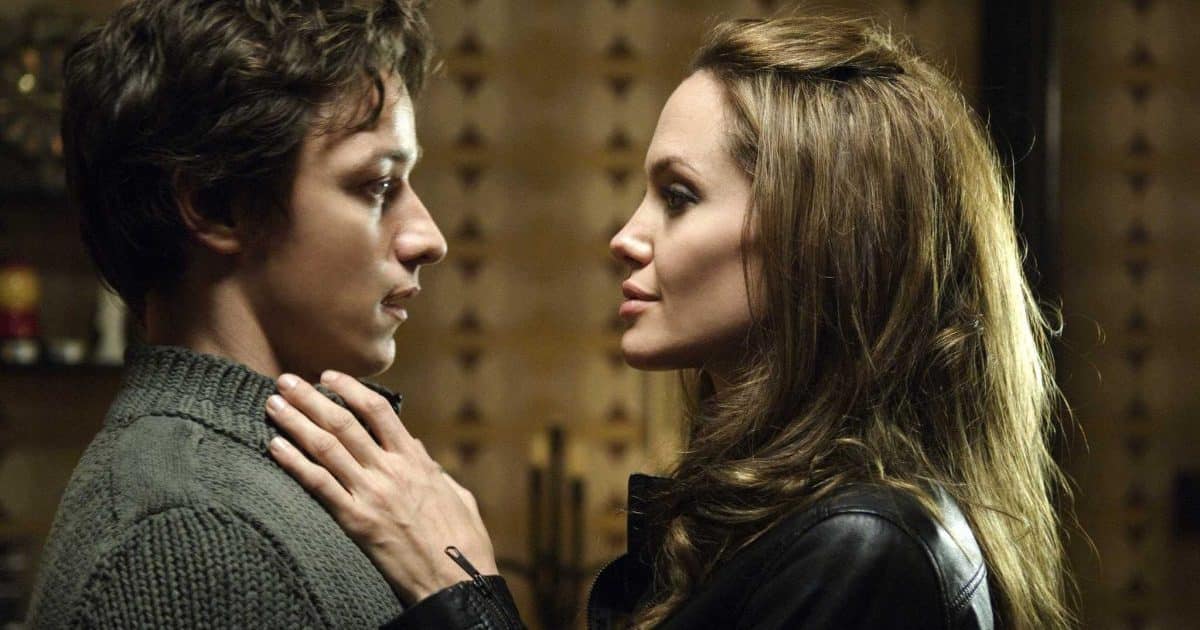
Director Timur Bekmambetov’s 2008 adaptation of Mark Millar’s comic book casts a pre-X-Men James McAvoy as Wesley, a bored office worker who takes medication to combat anxiety. However, he learns that his ‘panic attacks’ are in fact a special ability via which he can access high levels of adrenaline and achieve superhuman strength and speed. Learning that his late father had the same ability, Wesley leaves his old life behind to learn the ways of the assassins alongside Angelina Jolie’s Fox, and under the tutelage of Morgan Freeman’s Sloan. Wanted is a high octane shoot-’em-up adventure with plenty of twists and turns, but with a great deal more grit and gore than many films of its ilk.
Punisher: War Zone (2008)
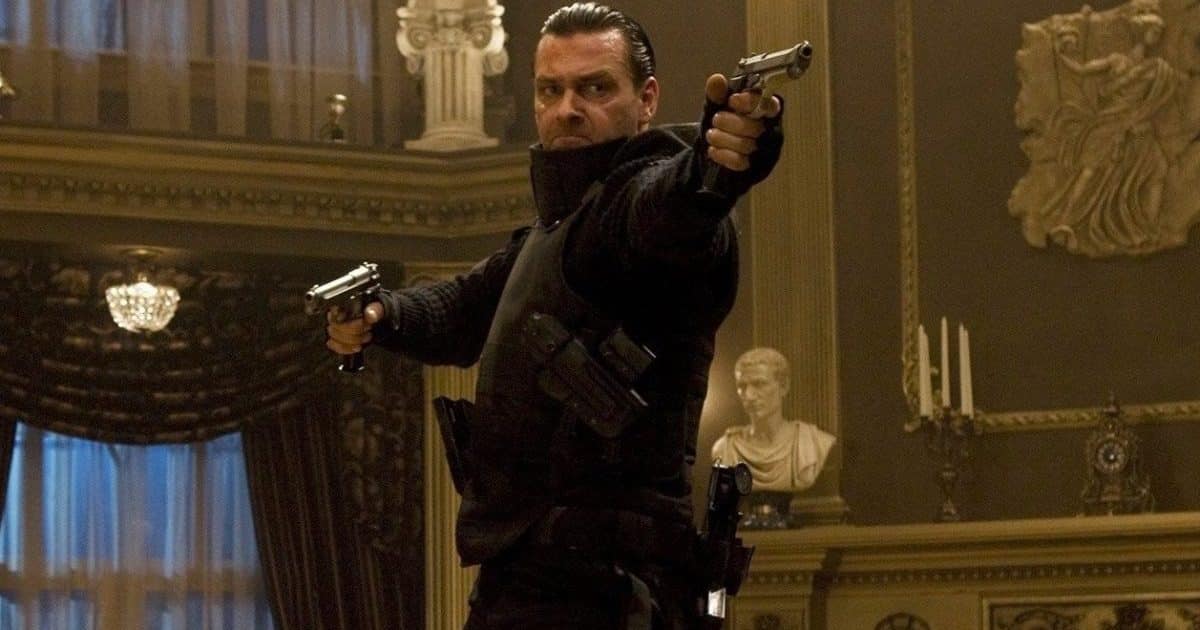
Originally introduced as a villain in the Spider-Man comic books, The Punisher has always been one of the more controversial Marvel superheroes. It’s no surprise, then, that every live action take on the character thus far has been completely unsuitable for children – not least 2008’s frankly ridiculous blood-fest Punisher: War Zone. Until the TV series with Jon Bernthal, this (third) big-screen take on The Punisher was the most brutal adaptation of the lot. Director Lexi Alexander’s film casts Ray Stevenson as the hard-boiled Frank Castle, who does battle with New York gangsters to often absurdly gruesome effect. If Superman made you believe a man can fly, Punisher: War Zone makes you believe a man’s fist can literally go through another man’s face.
Watchmen (2009)

There’s no debate that Alan Moore and Dave Gibbons’ 1987 graphic novel is one of the greatest comic book stories ever written, but opinion has always been a little more divided on director Zack Snyder’s fiercely reverential 2009 film adaptation. Set in an alternate 1980s, the story considers how superheroes might fare if they existed in the real world – and for the most part, the results aren’t pretty. Even if some felt it misunderstood the source material, the movie proved influential on subsequent screen adaptations of comic books, including the more recent Watchmen TV series. It was also Zack Snyder’s first step into the superhero arena, where the filmmaker would go on to have a significant impact in the decade that followed.
Kick-Ass (2010)
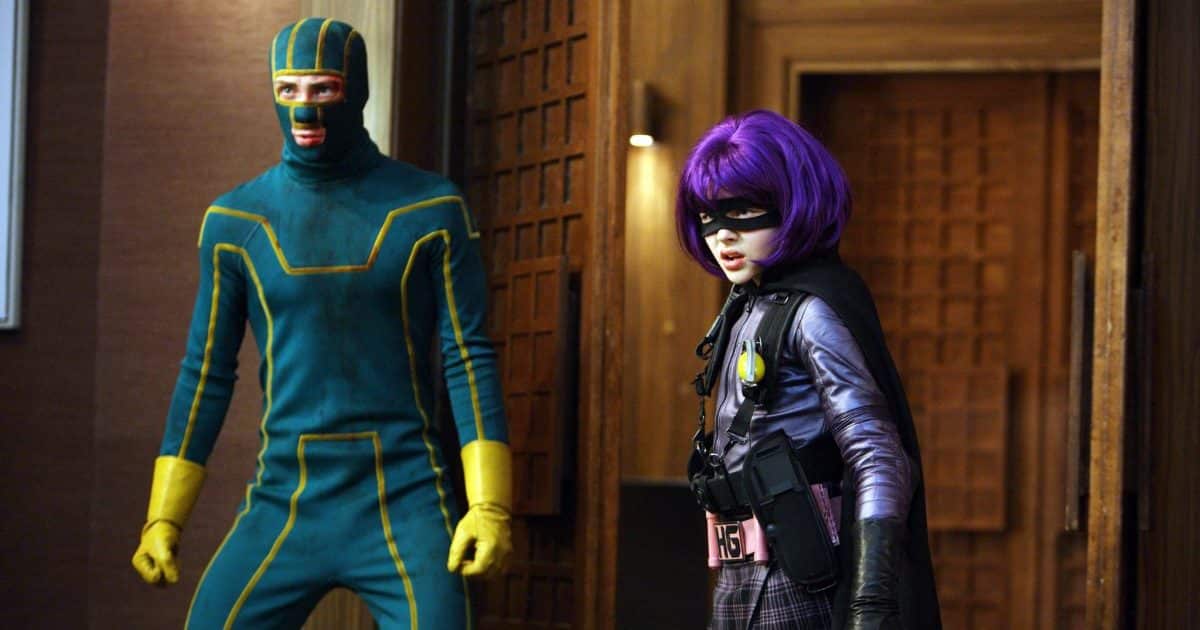
As the story of an ordinary high schooler who dons a colourful costume to fight crime, Kick-Ass might initially seem like your standard childhood wish-fulfilment adventure. However, director Matthew Vaughn’s 2010 adaptation of Mark Millar’s comic book is one of the most hard-hitting films of its kind you’re likely to see. Aaron Taylor-Johnson makes for a suitably awkward gangly teen-turned-green-suited vigilante, up against Mark Strong’s imposing mob boss. The show is stolen by Chloë Grace Moretz, aged just 13 when she played miniature super-heroine Hit-Girl, whose brutality and foul mouth are very far removed from anything that would ever be allowed in a kids’ movie.
Super (2010)
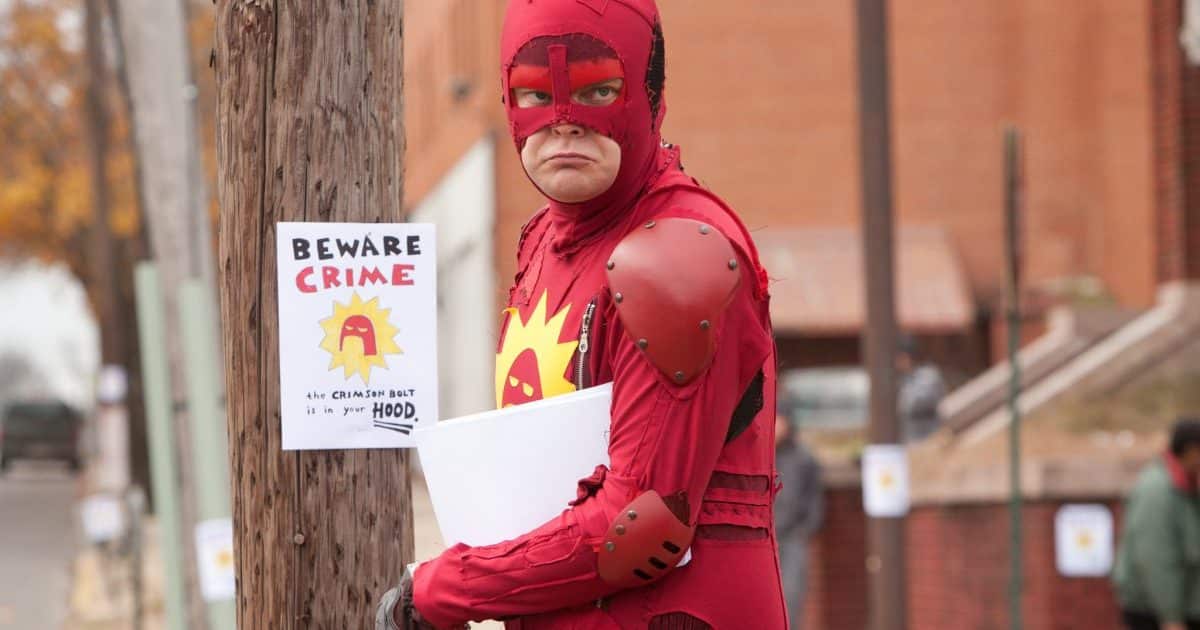
Before writer-director James Gunn was given the reins to Marvel’s Guardians of the Galaxy, he gave us this considerably smaller, more grounded and disturbing take on superhero lore (and another of the few on our list not adapted from a pre-existing comic book). Super casts Rainn Wilson as Frank Darbo, an under-achiever whose world falls apart when his drug-addicted wife Sarah (Liv Tyler) walks out on him. Soon thereafter, Frank has a vision/psychotic episode that convinces him to become a real-life superhero and battle injustice on the streets, regardless of his total lack of skills or abilities. Darkly funny and at times genuinely unsettling, Super is a strange and confrontational film that nevertheless manages to find hope in its bleak vision of the modern world.
Dredd (2012)
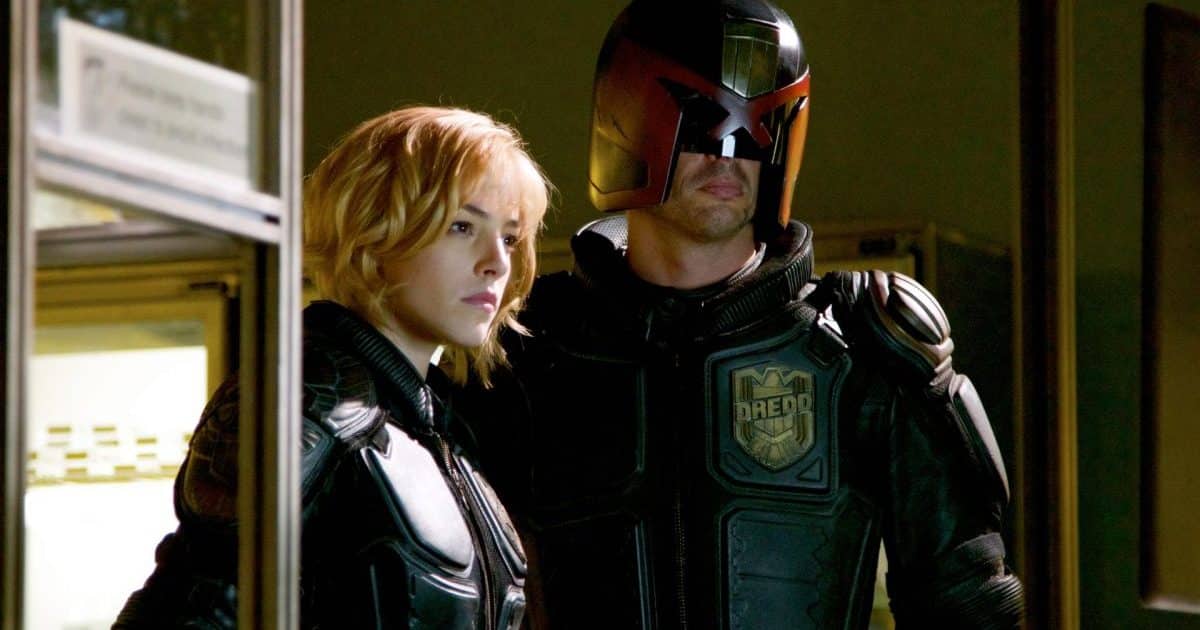
Most fans agreed that the 1995 Judge Dredd movie starring Sylvester Stallone demonstrated how not to bring a beloved comic book character to the big screen. 2012 reboot Dredd, however, might very well be considered a masterclass in how to get it exactly right. It’s a rough and ready rollercoaster ride of a movie set in an eerily plausible future setting. Written by lifelong Judge Dredd fan Alex Garland (reportedly the film’s unofficial co-director), Dredd follows Mega City One’s toughest lawmaker (a perfectly cast Karl Urban) as he takes psychic rookie Anderson (Olivia Thirlby) on a training day that proves to be a baptism by fire. The two soon find themselves trapped in a massive urban city block with every criminal in the vicinity out to get them.
Deadpool (2016)

For years, no one thought a big budget superhero movie could work with an R-rating, until 20th Century Fox took a chance on Deadpool. Defying conventional wisdom, the film’s satirical, fourth-wall-breaking take on the superhero genre became a smash hit, proving that grown-ups were more than happy to leave the kids with the babysitter and flock out to see a movie about a super-powered man in tights. Thanks in no small part to the central performance of the constantly-wisecracking Ryan Reynolds, Deadpool and its 2019 sequel are bursting at the seams with tongue-in-cheek humour, but both are still hard-edged movies that pack a serious punch. Although the franchise now lives at the Disney-owned Marvel Studios, it has been promised the in-development Deadpool 3 will also be R-rated.
Logan (2017)
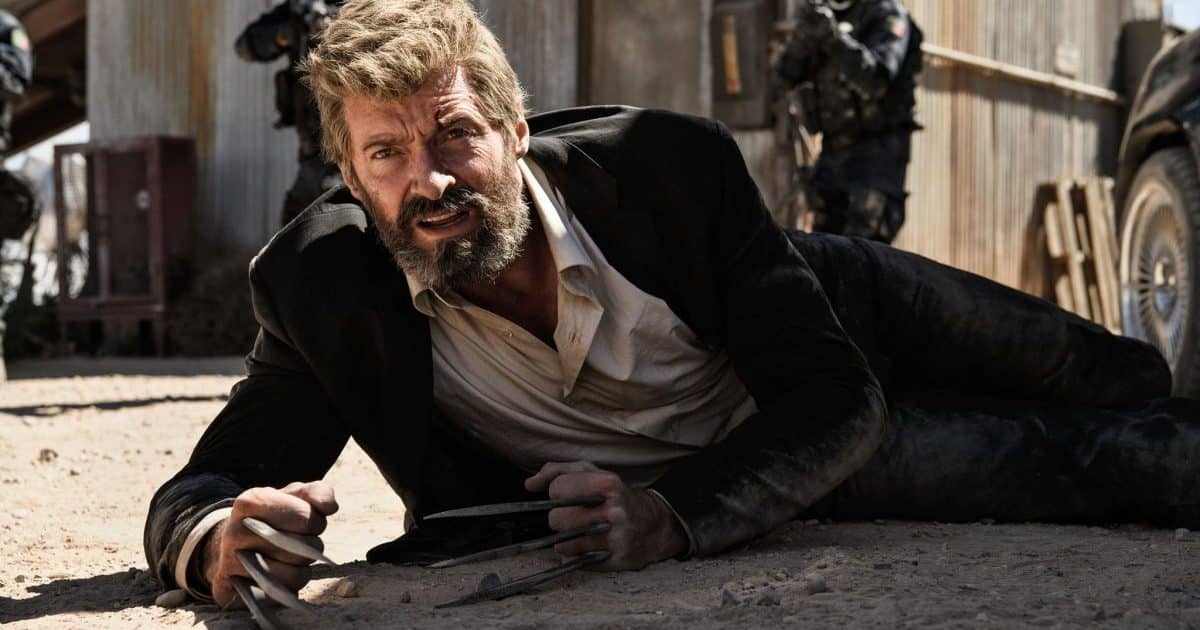
Given that he’s a hairy beast with metal claws and a tendency for violent bursts of rage, it was entirely appropriate that Wolverine should eventually be allowed to let loose in an R-rated movie. So it was that Hugh Jackman ended his unprecedented 17-year tenure in the role with the very adults-only Logan, which finally showed the full extent of the damage those claws can do. Serving as a swan song to the initial X-Men series, Logan is startling in its savagery, not to mention its level of profanity (the F-word is literally the first thing we hear from our mutant hero’s mouth). Logan is also surprisingly reflective and melancholic, displaying a true maturity often lacking in modern blockbusters, as reflected by its Best Screenplay Oscar nomination (a rare accolade for a superhero movie).
Venom (2018)
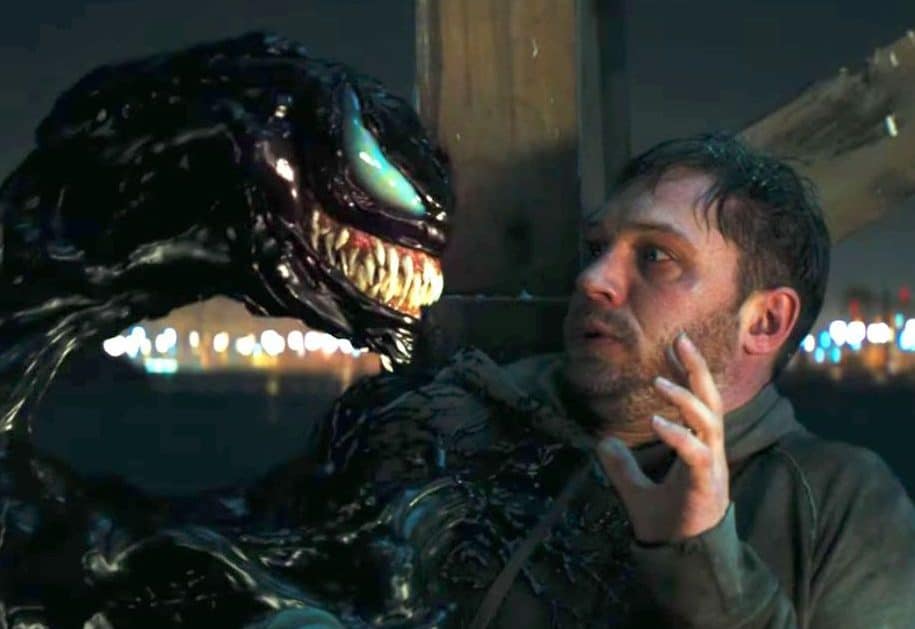
Acclaimed British actor Tom Hardy is never one for doing things simply, so it shouldn’t have come as too great a surprise that when he signed on to play Marvel Comics anti-hero Venom, the results would be a bit weird. Even so, no one anticipated Venom being quite so bizarre and creepy as it wound up being. In the wake of Deadpool, it was heavily speculated that Venom would be the second major R-rated superhero movie of the 20teens, but studio Sony ultimately decided against this. Still, considering the film’s protagonist is a monstrous symbiotic lifeform with razor-sharp teeth and a taste for human heads, Venom is hardly a film to take your infants to see.
Hellboy (2019)

When the Hellboy reboot was announced, it was something of a good news/bad news scenario for fans. The bad news was, it seemed to rule out the chance of director Guillermo del Toro’s intended Hellboy trilogy ever being completed; the good news was, this version from director Neil Marshall promised to take the character further into full-on horror territory than the earlier PG-13 rated films had. Unfortunately, the end results pale in comparison to the original Hellboy movies, even if they do pile on considerably more gore and swearing. The plot is dull and formulaic, and the over-abundance of video game-style CGI gets tiresome. Still, 2019’s Hellboy is not without its strengths, in particular an entertaining lead turn from David Harbour, who proves a fine replacement for Ron Perlman.
Joker (2019)

Sure, there’s absolutely nothing super nor heroic about Joaquin Phoenix’s Arthur Fleck, but it’s impossible to talk about superhero movies for adults without bringing up Joker. Director Todd Philips’ ground-breaking take on the iconic Batman villain went some way to silencing those who complain that all comic book adaptations are basically the same. With its Oscar-winning turn from Phoenix, Joker pushes the boundaries of comic book movies about as far as they could conceivably go, in so doing attracting acclaim and outrage in roughly equal measure. However, those who love it and those who hate it can surely agree on at least one thing: Joker is most definitely not a film for children.
Birds of Prey (2020)
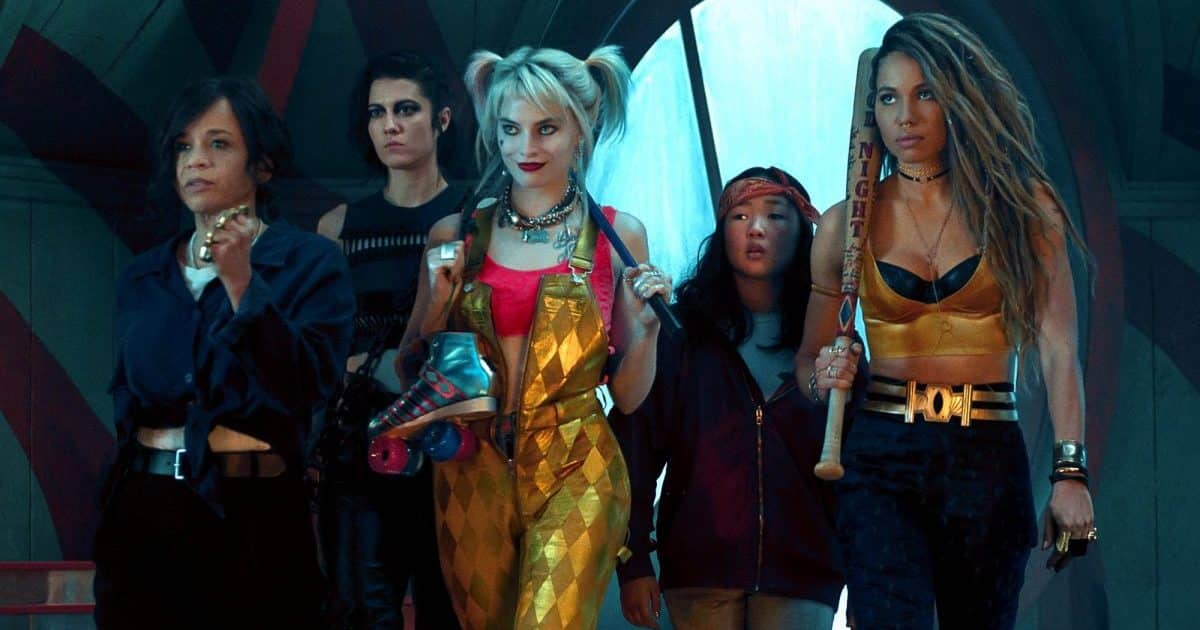
After her scene-stealing introduction in the divisive but commercially successful Suicide Squad, Margot Robbie’s Harley Quinn took centre stage in Birds of Prey (and the Fantabulous Emancipation of One Harley Quinn). With its excessive violence, bad language and fourth-wall-breaking humour, the influence of Deadpool is apparent, but director Cathy Yan’s film is a hugely entertaining superhero flick in its own right. While Robbie’s psychiatrist-turned-psycho Harley Quinn is very much the lead, Birds of Prey is no solo movie: Rosie Perez, Jurnee Smollett-Bell, Mary Elizabeth Winstead and Ella Jay Basco help make up an unlikely but endearing super-team, against Ewan McGregor’s suitably despicable Roman ‘Black Mask’ Sionis.
The New Mutants (2020)

This troubled production from writer-director Josh Boone proved to be the final film in 20th Century Fox’s X-Men franchise. Breaking with series convention, The New Mutants is an intense, small-scale affair, veering away from epic adventure territory in favour of a teen-oriented horror movie with distinct echoes of the Nightmare on Elm Street series. Despite a strong cast including Anya Taylor-Joy, Maisie Williams and Charlie Heaton, The New Mutants failed to inspire confidence from the studio, nor garner much audience interest. A casualty of the Disney takeover of 20th Century Fox, it was shot in 2017 but spent three years on the shelf before dying at the box office in 2020.
Zack Snyder’s Justice League (2021)

If we’re talking about superhero movies with troubled productions, Justice League is perhaps the most infamous of the lot. First released in 2017, the theatrical cut was overseen by Joss Whedon when Zack Snyder stood down in the wake of a personal tragedy, and the film that made it to screens was blasted by fans and critics alike as an ugly, dumbed-down disaster. After an impassioned fan campaign, studio Warner Bros allowed Snyder to release his own distinct cut of the film, and it’s a very different affair: four hours in length, with a considerably darker tone, and a higher level of adult content including harsher violence and language. The resulting film went down a lot better with fans, and is arguably the pinnacle of Snyder’s DC trilogy.
The Suicide Squad (2021)
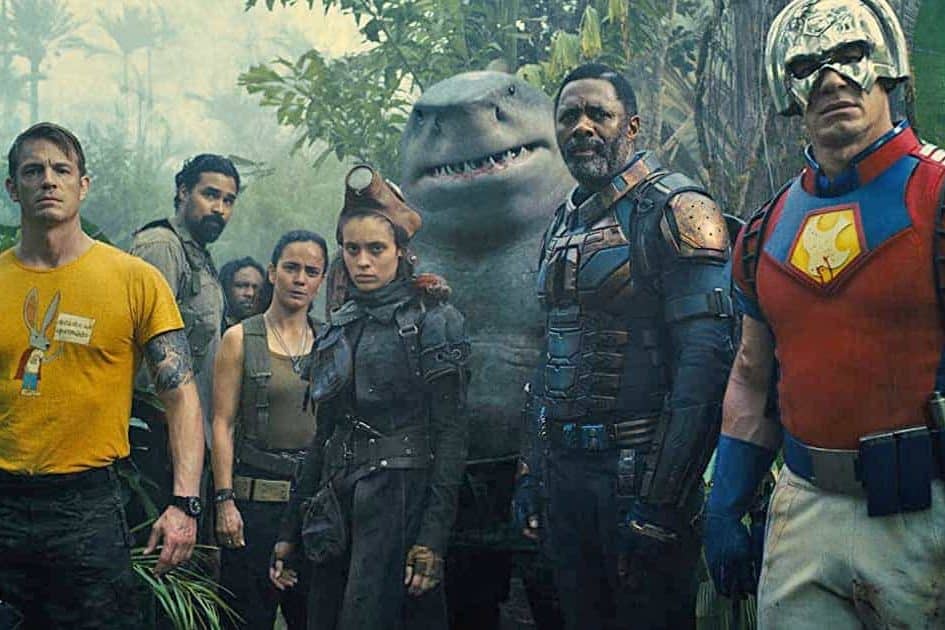
After 2016’s Suicide Squad pushed the boundaries of the PG-13 rating, studio Warner Bros decided to let newly hired writer-director James Gunn go full-on R-rated with 2021’s The Suicide Squad. This semi-sequel/reboot sees a largely new ensemble of vaguely reformed super-villains sent out on a mission where all lives are considered expendable. With its quirky tone and pop-heavy soundtrack, The Suicide Squad feels fairly close in tone both to the earlier film and to Gunn’s Guardians of the Galaxy films. However, it takes things to another level with its violence: the level of carnage is so high, this just might be the single goriest comic book movie ever made.
The Batman (2022)
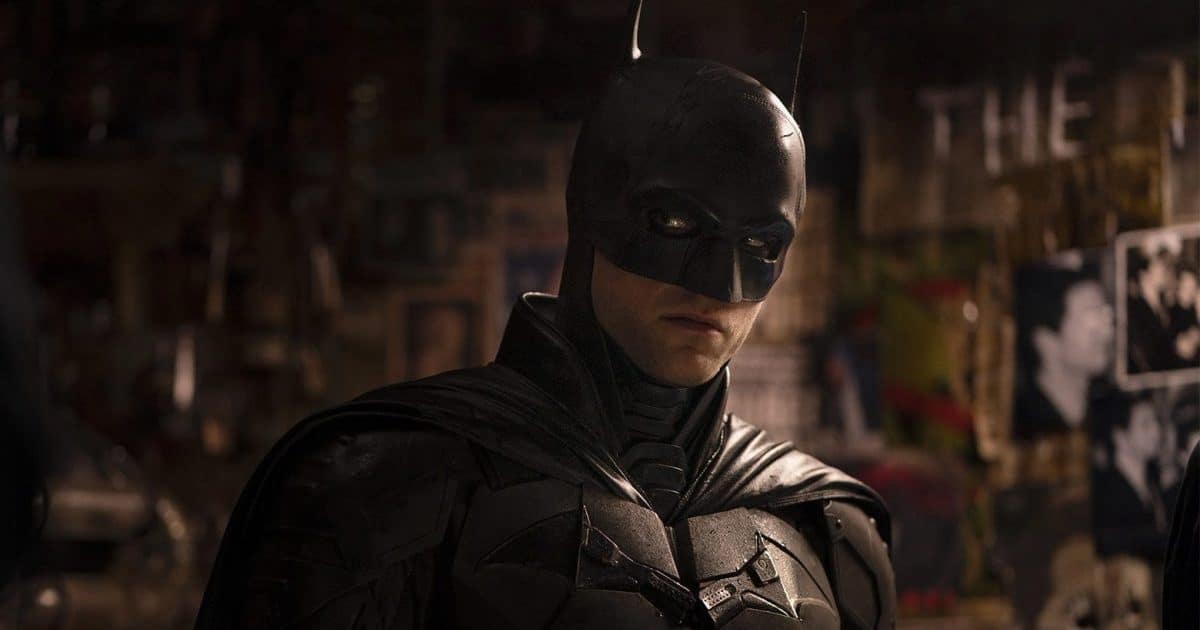
Built from the ashes of the Ben Affleck Batman solo movie which was originally intended, director Matt Reeves boldly took the Dark Knight in a new and very different direction with The Batman. Robert Pattinson stars as a younger, considerably angrier Batman in a movie that hinges more heavily on the superhero’s detective skills than any previous live-action incarnation. Christopher Nolan and Christian Bale’s Dark Knight trilogy may have presented a more mature Batman than in years gone by, but Reeves and Pattinson take things even further, presenting a Batman who truly strikes terror into the hearts of criminals. Things are made even more sinister by Paul Dano’s Riddler, who gives Heath Ledger’s Joker a run for his money in the scary villain stakes.
Morbius (2022)
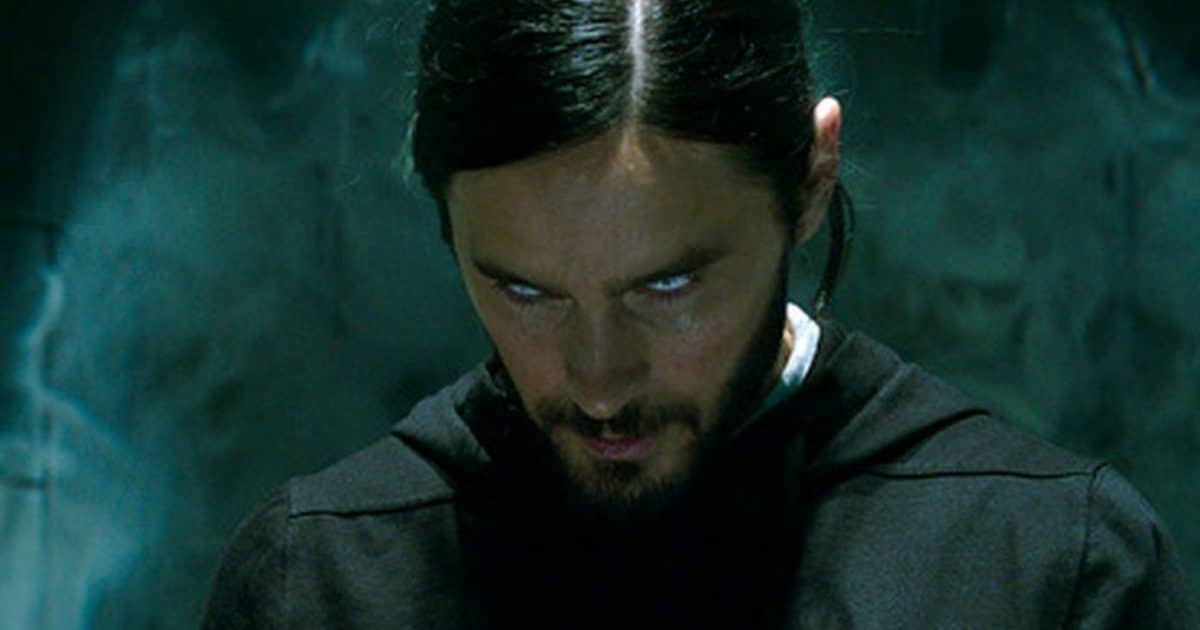
Following on from the success of Venom and its sequel, Sony set out to launch another Spider-Man villain in a solo movie with Morbius. Dubbed ‘the living vampire’ in the comics, Michael Morbius is a doctor struggling to overcome his own rare affliction when he hits upon a cure with unforeseen side effects: it turns him into a blood-sucking creature of the night. Adding a vampire element to any superhero movie tends to make it a little less kid-friendly. Unfortunately, while blending superhero action with horror proved effective for the Blade movies, in Morbius this approach proves inconsistent and unsatisfying. Still, while the film was met with a largely negative response from critics, it went down a bit better with audiences.
Swamp Thing (1982)
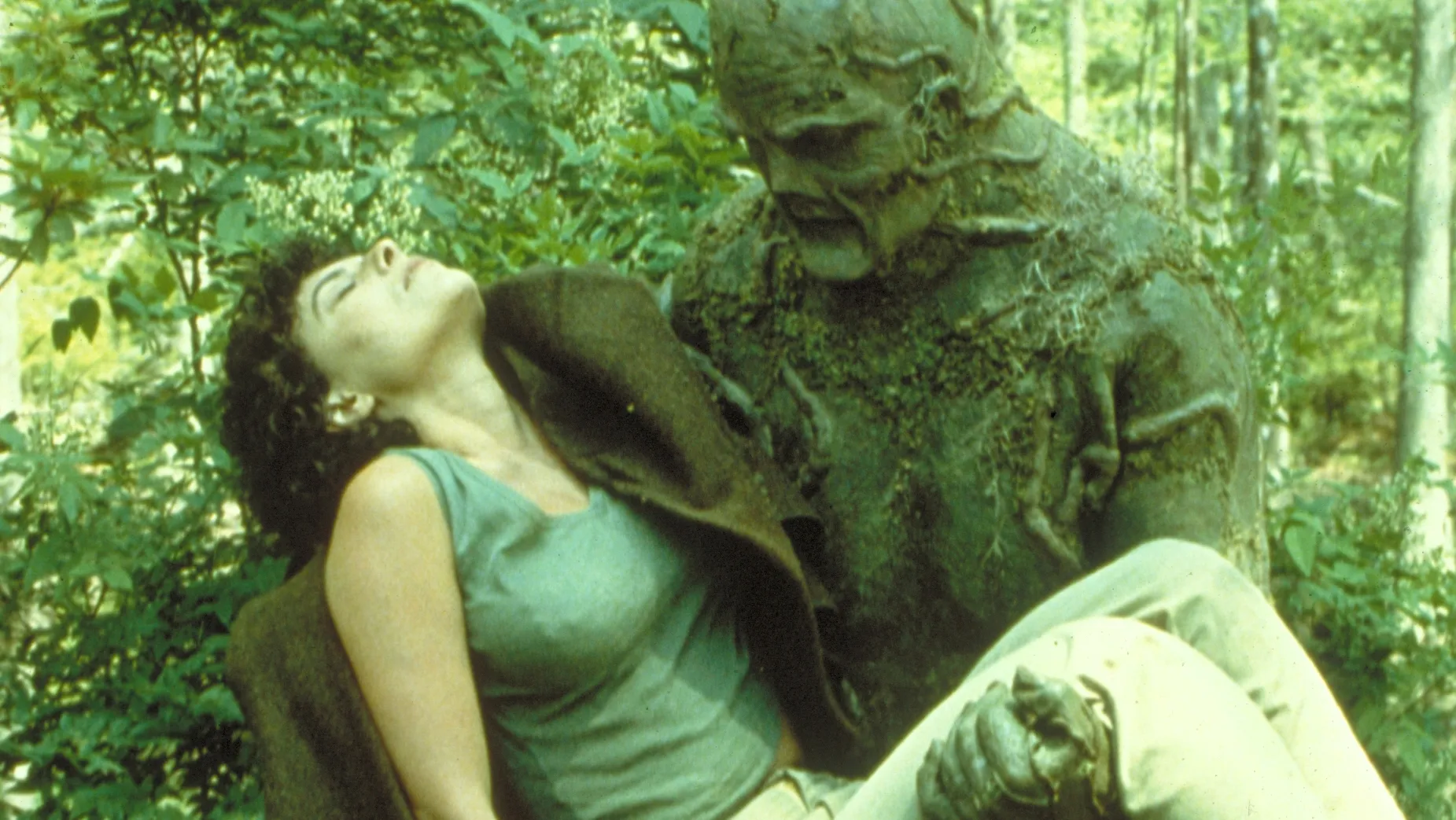
One of the earliest DC Comics film adaptations, horror director Wes Craven called the shots on this 1982 superhero film for older viewers. Ray Wise appears as scientist Alec Holland, who is transformed into a plant-based monster when his experiment backfires. Adrienne Barbeau plays the damsel in distress, whilst Louis Jordan is the supervillain at loggerheads with the green hero. When Swamp Thing was first released to DVD in 2000, its packaging was mistakenly slapped with a PG-rating, until an angry mother returned a copy to Blockbuster with complaints about its sexual content and violence, prompting a recall of the disc. 1989 sequel The Return of Swamp Thing and the 2019 Swamp Thing TV series were also adults-only affairs, although the 90s Swamp Thing TV show was milder.
Sin City (2005)
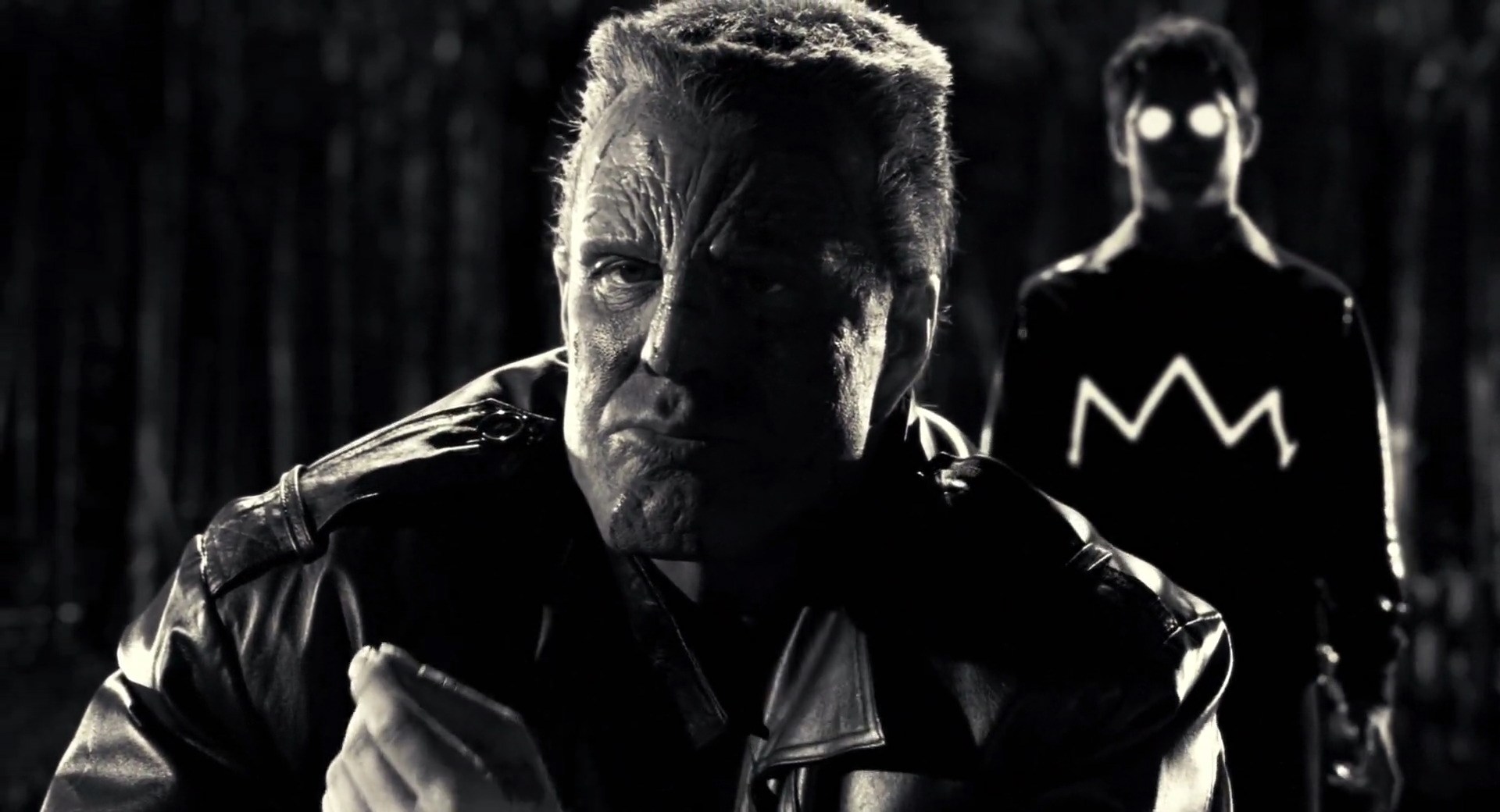
Robert Rodriguez and Frank Miller’s heavily stylised adaptation of Miller’s own series of graphic novels presents one of the most vivid screen recreations of a comic book. An anthology story in a surreal, film noir-inspired alternate universe, the 2005 film follows the gritty misadventures of Mickey Rourke’s hardened thug Marv, Clive Owen’s would-be hero Dwight, and Bruce Willis’ world-weary cop Hartigan. While not a superhero story in the strictest sense, Sin City is filled with seemingly invincible hulking heroes, not to mention a bevy of beautiful women – including Jessica Alba and Rosario Dawson – who pull off impressive physical feats whilst clad in revealing skin-tight clothing. As such, no one is ever going to mistake this movie (or its sequel Sin City: A Dame to Kill For) for a kitchen sink drama.
RoboCop (1987)
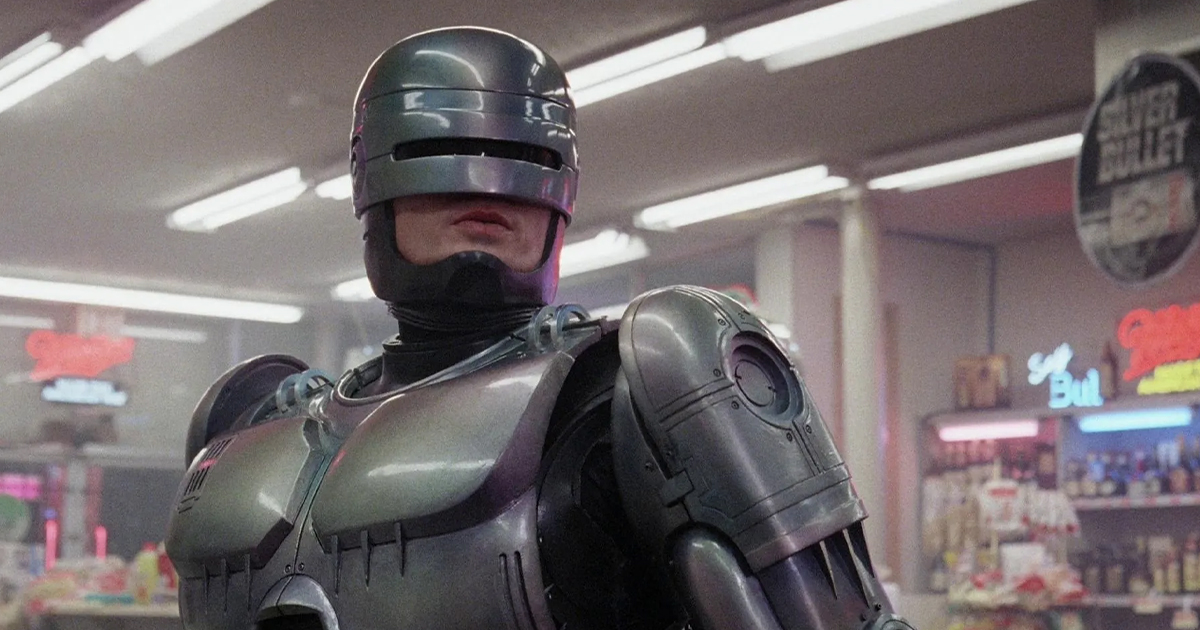
Director Paul Verhoeven’s satirical sci-fi action classic is not directly adapted from any existing comic book, but it has long been noted that it was heavily influenced by 80s comics (particularly The Dark Knight Returns and 2000 AD). Peter Weller’s journey from average joe policeman Alex Murphy to cyborg crimefighter RoboCop plays out very much like a superhero origin story. Controversially, RoboCop was heavily marketed towards youngsters with toys and a tie-in cartoon series. The 1987 film itself, however, is definitely not for kids, given its high level of gory violence and its profanity-strewn dialogue. 1990 sequel RoboCop 2 was similarly adults-only, but 1993’s RoboCop 3 and the 2014 RoboCop reboot were PG-13 rated – though sadly, none of the subsequent films lived up to the original.
Black Mask (1996)
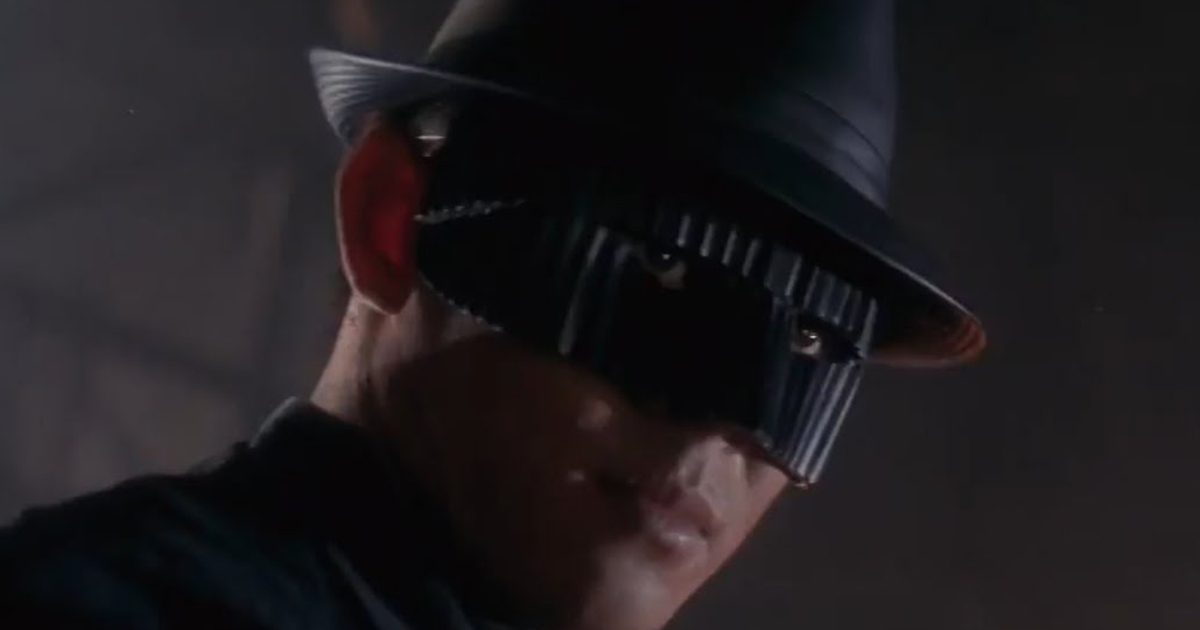
1996 Hong Kong action thriller Black Mask is one of the movies which helped bring martial arts star Jet Li to the attention of international audiences. Based on the Chinese comic book, Li’s hero Tsui Chik is a test subject for a top secret experiment which gave him superhuman strength and is impervious to pain. Living in hiding as a librarian, he dons the persona of the Black Mask to take down his fellow test subjects when they use their abilities for crime. It’s a cartoony premise, but director Daniel Lee’s film is too dark and violent for kids. A Li-free sequel followed, whilst Li himself came close to playing the character that inspired the Black Mask: Kato of the Green Hornet (as portrayed by Bruce Lee on the 60s TV series). Unfortunately this project failed to get off the ground; ultimately The Green Hornet was made in 2011, with Jay Chou as Kato opposite Seth Rogen in the title role.
Spawn (1997)
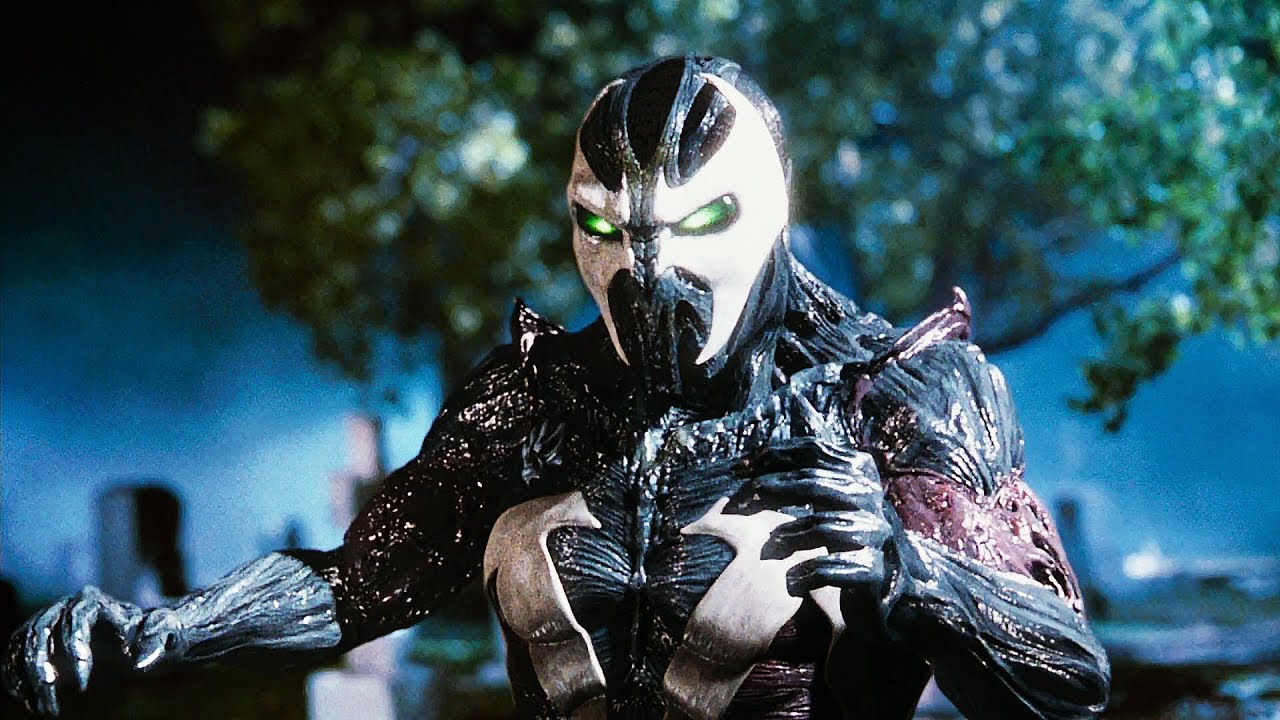
Spawn, the 1997 adaptation of Todd McFarlane’s comic book, was trimmed for a PG-13 rating on its cinema release. Of course, given that it’s about a murdered soldier who goes to Hell and is granted demonic powers to return to Earth for vengeance, Spawn still isn’t necessarily the most appropriate film for pre-teens. Michael Jai White takes the title role, with Apocalpyse Now legend Martin Sheen on bad guy duties, while the film features a memorable but repulsive turn from John Leguizamo (unrecognizable under heavy makeup) as the demonic clown Violator. Unfortunately, even in its R-rated director’s cut Spawn fails to satisfy thanks to its garbled storytelling, poor performances and even worse CGI.
Brightburn (2019)
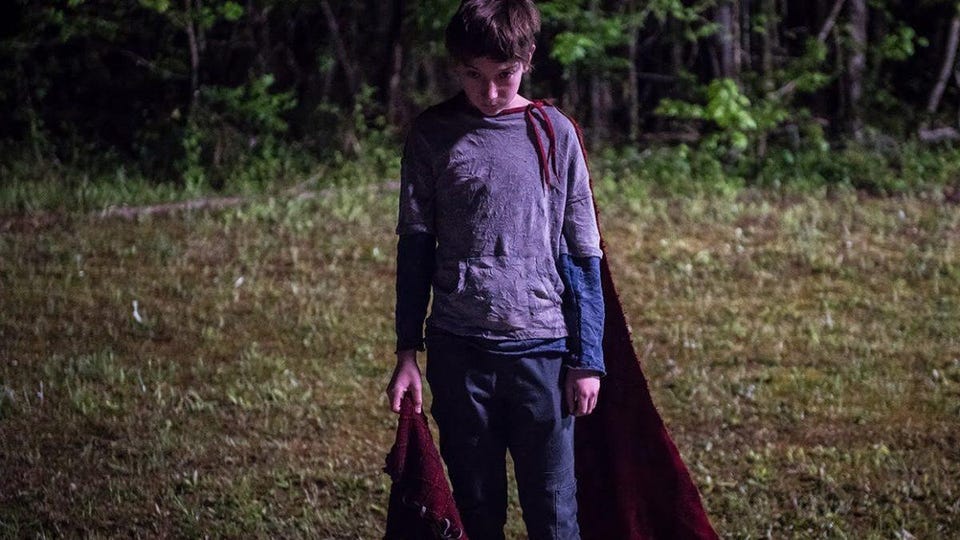
Produced by James Gunn, Brightburn is very much a family affair, co-written by his brother Brian Gunn and cousin Mark Gunn. That said, it’s definitely not a superhero film for all the family. Directed by David Yarovesky, the film asks a question many fans have pondered over the years: what if Superman arrived on Earth, but didn’t turn out to be a good guy? For copyright reasons, the character in question is not Superman himself (James Gunn’s connections at DC probably helped deter any legal action there), but there’s no mistaking the hallmarks: a childless couple (Elizabeth Banks and David Denman) find a baby in a crashed spaceship and raise him as their own, only to see him develop superpowers. Alas, where Clark Kent is loving and compassionate, Brightburn’s Brandon Breyer is a psychopath with a taste for carnage.
The Heroic Trio (1993)
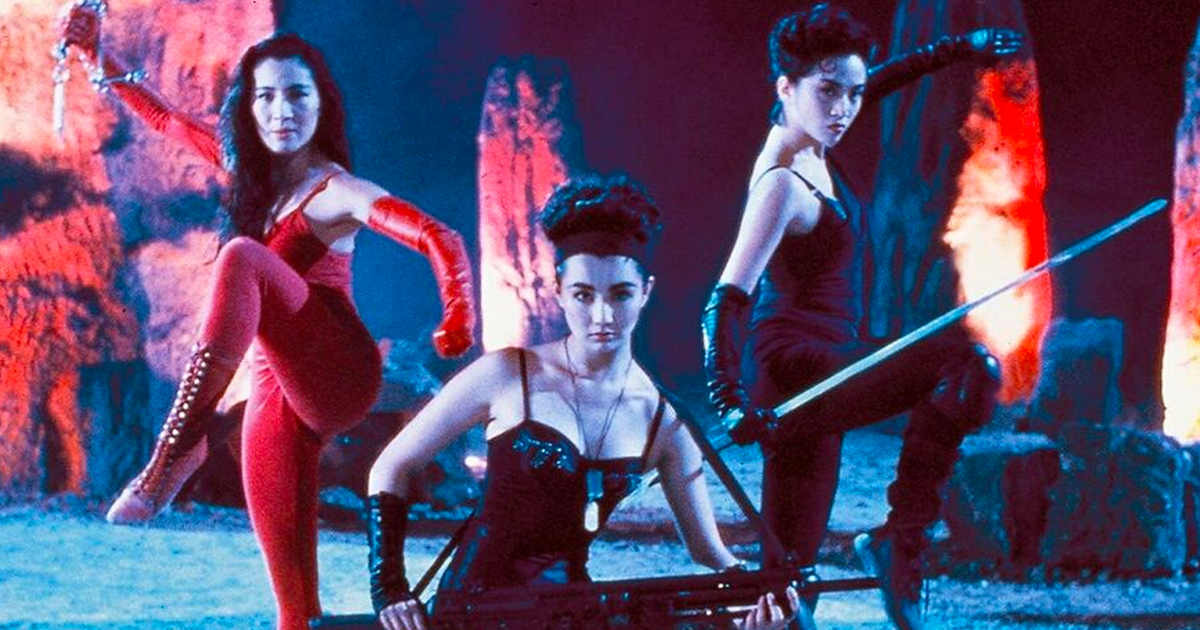
Years before she appeared in such western hits as Crazy Rich Asians and Everything Everywhere All at Once, Michelle Yeoh appeared alongside Maggie Cheung and Anita Mui in outlandish Hong Kong production The Heroic Trio. Blending elements of superhero tales, kung fu movies and 80s-style action, the 1993 film centres on three women who band together to fight crime. There’s no shortage of old school Hong Kong action movies filled with gravity-defying, wire-assisted fight scenes, but The Heroic Trio gives things a distinctly comic book edge, not least as – in the original Cantonese version – Anita Mui’s character uses the superhero alias ‘Wonder Woman.’ (This was changed to Shadow Fox for the English language dub to keep the production from getting sued.)
All Superheroes Must Die (2011)
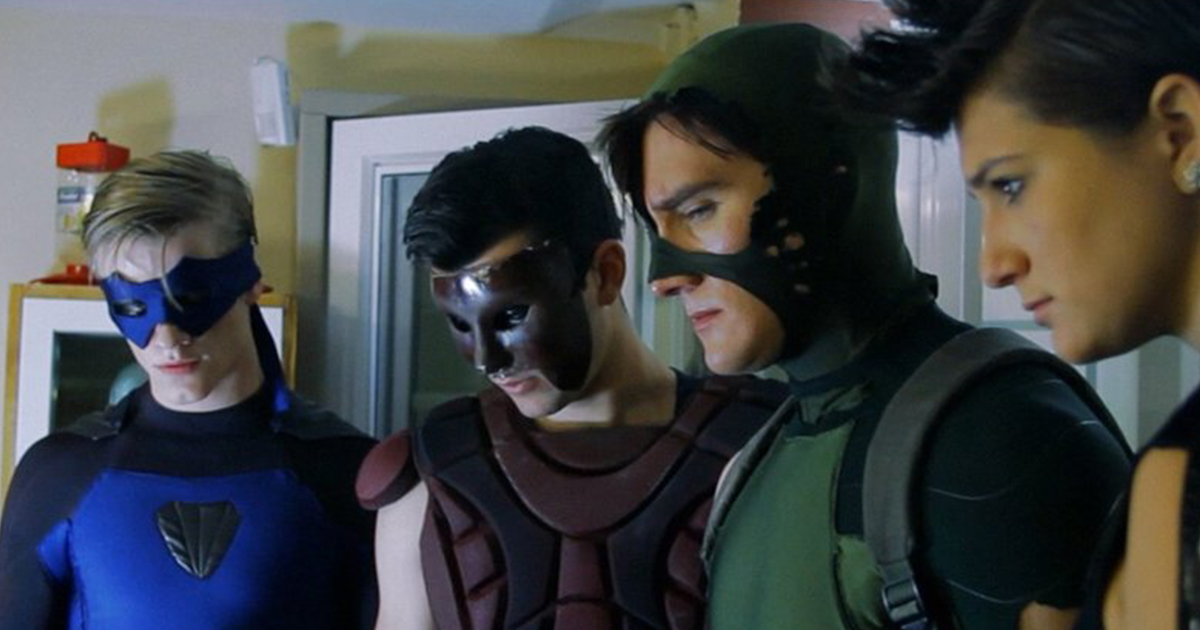
This microbudget production from writer, director and actor Jason Trost follows a band of superheroes who find themselves abducted by a supervillain (James Remar) who has temporarily robbed them of their powers. The good guys are then forced to do battle with one another in order to save an entire town from being executed. That’s right – All Superheroes Must Die is essentially a Saw movie with superheroes. It’s a cool idea, but the film’s ultra-low production values keep it from having anything like the impact one might have hoped for. Even so, Trost and company went on to make a sequel, All Superheroes Must Die 2: The Last Superhero, which was released direct to YouTube.
Sheena (1984)
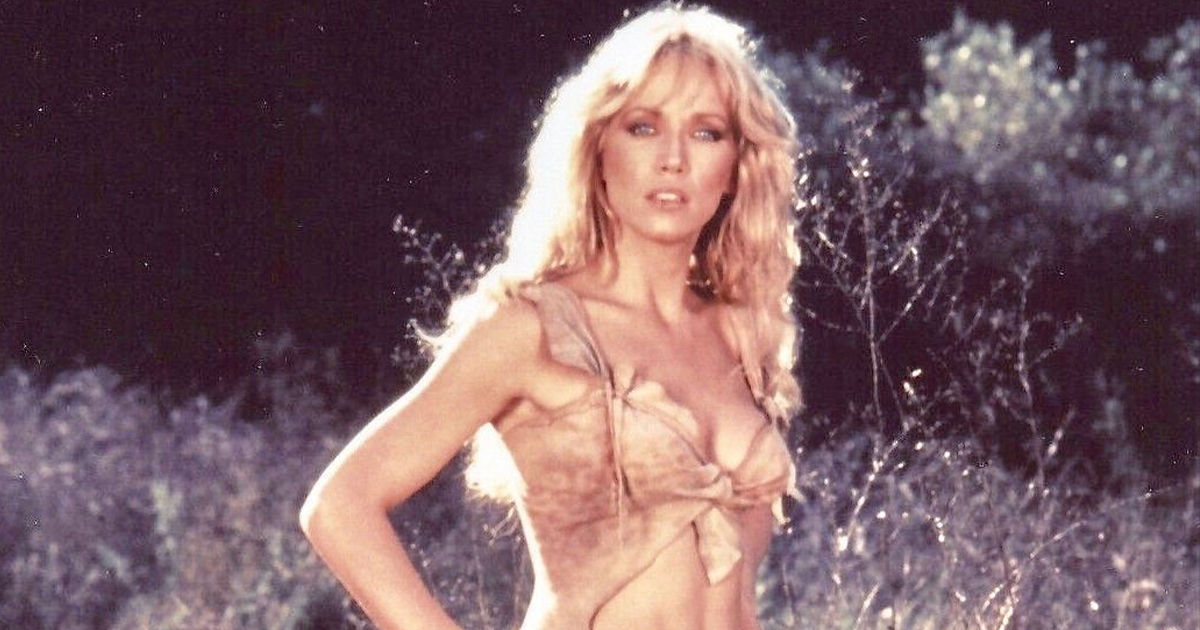
Sheena: Queen of the Jungle was officially the first female character to front her own comic book (pre-dating even Wonder Woman), and the 1984 film adaptation brought the Tarzan-esque heroine to the screen for the first time. The late Tanya Roberts takes the title role, who embarks on a quest to save her African home. The leading lady’s tendency to slip out of her already minuscule animal skin bikini ensures this film isn’t one to watch with the kids. Still, truth be told Sheena isn’t a film you should go to any trouble to see anyway, as it’s a shoddily assembled bit of fluff that’s likely to test the patience of even the least-demanding audiences.
Chronicle (2012)
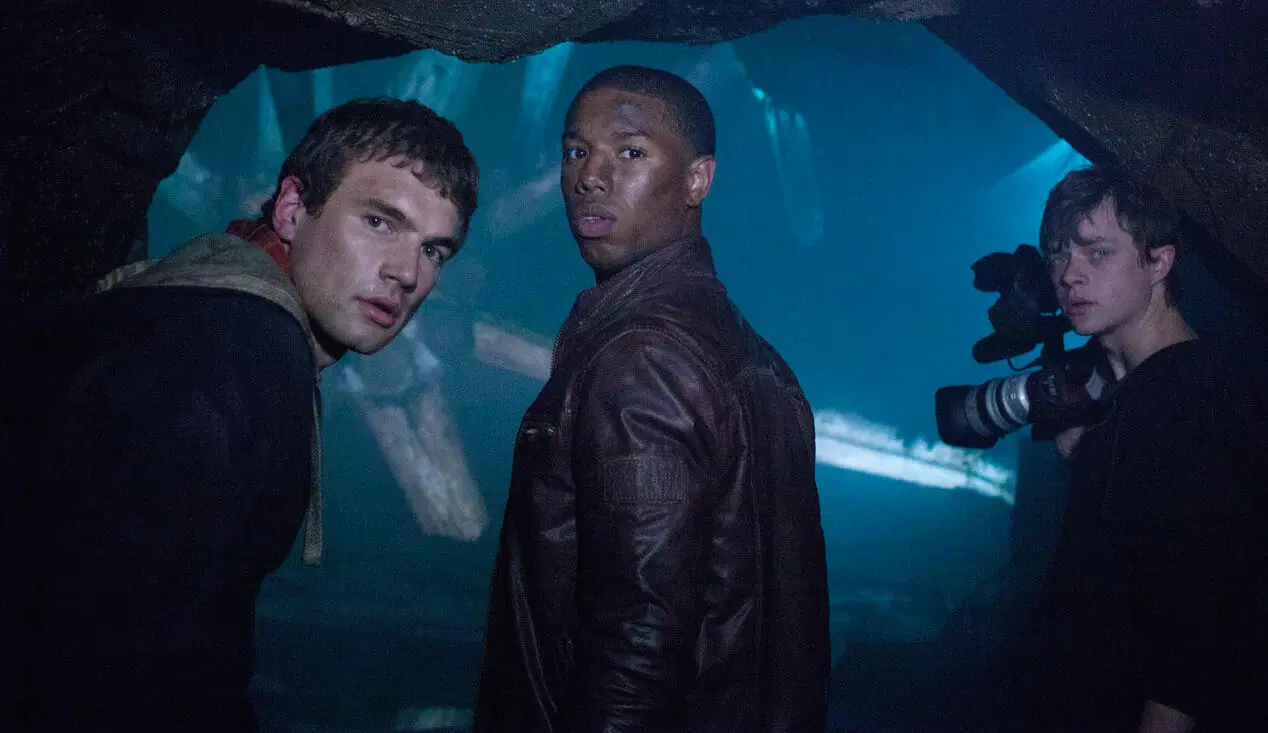
Notable as the breakthrough movie of Michael B Jordan and Dane DeHaan, Chronicle presented a unique take on superheroes in a number of respects. Firstly, director Josh Trank’s film was presented in the ‘found footage’ style; secondly, it presented three high school kids who are suddenly imbued with superpowers – but choose not to use them to save the world. While the film was granted a PG-13 rating in the US, Chronicle is a very dark and hard-edged tale dealing with the sensitive subjects of bullying, parental abuse and peer pressure, and will almost certainly prove disturbing to younger viewers. Infamously, Chronicle director Trank was next hired for the 2015 reboot of Fantastic Four, which proved a disaster.
Defendor (2009)
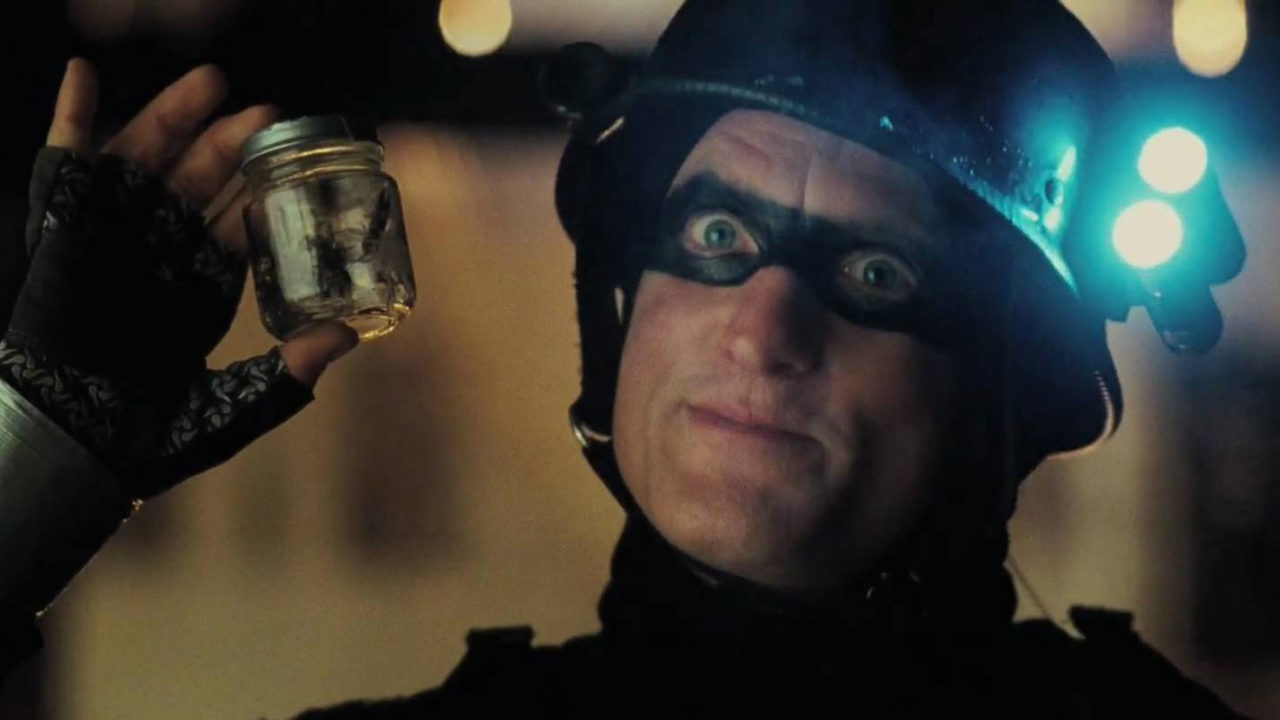
The debut film of writer-director Peter Stebbings casts Woody Harrelson as Arthur Poppington, aka Defendor, a seemingly deluded man who has adopted a superhero persona to take down a supervillain who may or may not actually exist. Harrelson’s co-stars include Sandra Oh as his psychiatrist, and Kat Dennings as a prostitute who befriends the would-be crimefighter. Released in the same year as both Kick-Ass and Super, Defendor wound up being almost completely overshadowed by the other similarly-themed, darkly comedic superhero movies. Still, Stebbings’ film has its admirers, and Harrelson’s central performance in particular has earned praise.
Batman: The Killing Joke (2016)
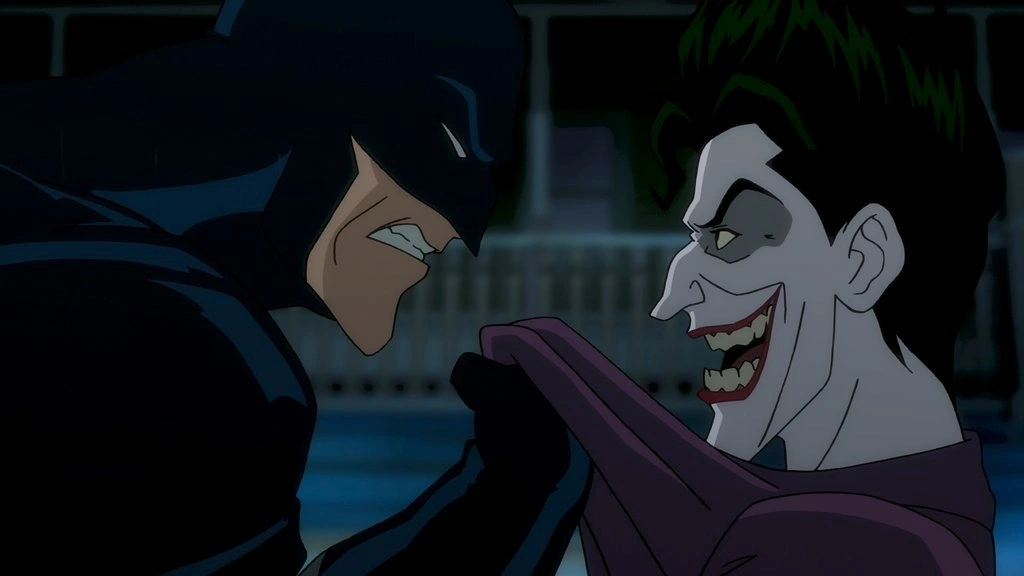
90s TV classic Batman: the Animated Series is fun for all ages, but that’s not the case with this feature-length animated film, even though it boasts two key cast members from the series: Mark Hamill as the Joker, and the late Kevin Conroy as Batman. This grim, R-rated movie sees the Clown Prince of Crime set out to destroy the mind of Gotham City Police Commissioner Jim Gordon, in part by brutalising his daughter, Barbara ‘Batgirl’ Gordon. Batman: The Killing Joke is adapted from the 1988 graphic novel of the same name, which author Alan Moore has since expressed regret about due to its sadistic and exploitative elements. If anything, director Sam Liu’s adaptation only makes the whole story that bit more unsavoury, leaving audiences and critics very divided about the end result.
Robotrix (1991)
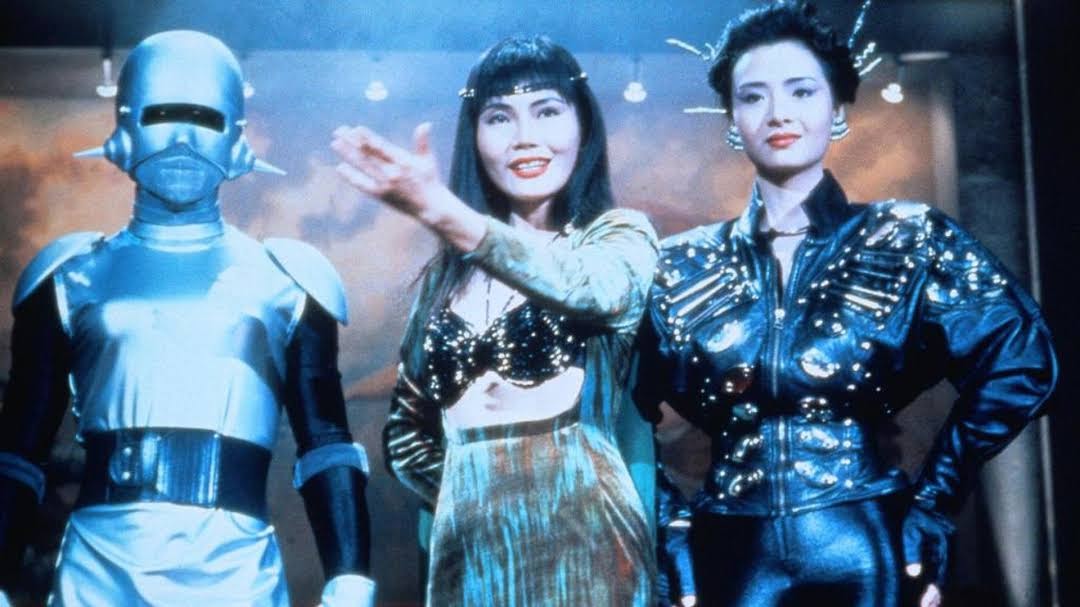
It should be apparent from the title that this 1991 Hong Kong production is in large part inspired by RoboCop; much like that film, Robotrix sees a police officer killed in the line of duty, only to be reborn as a cyborg. However, as Robotrix was released under Hong Kong’s adults-only Category III certificate, it inevitably also ups the ante on nudity and sex. Garish, loud and in extremely poor taste, Robotrix blends over-the-top comic book action with equally excessive adult content, and an overwhelmingly puerile sense of humour. However, for those who like their superhero movies as trashy as possible, director Jamie Luk’s film is a gold mine.
Vampirella (1996)
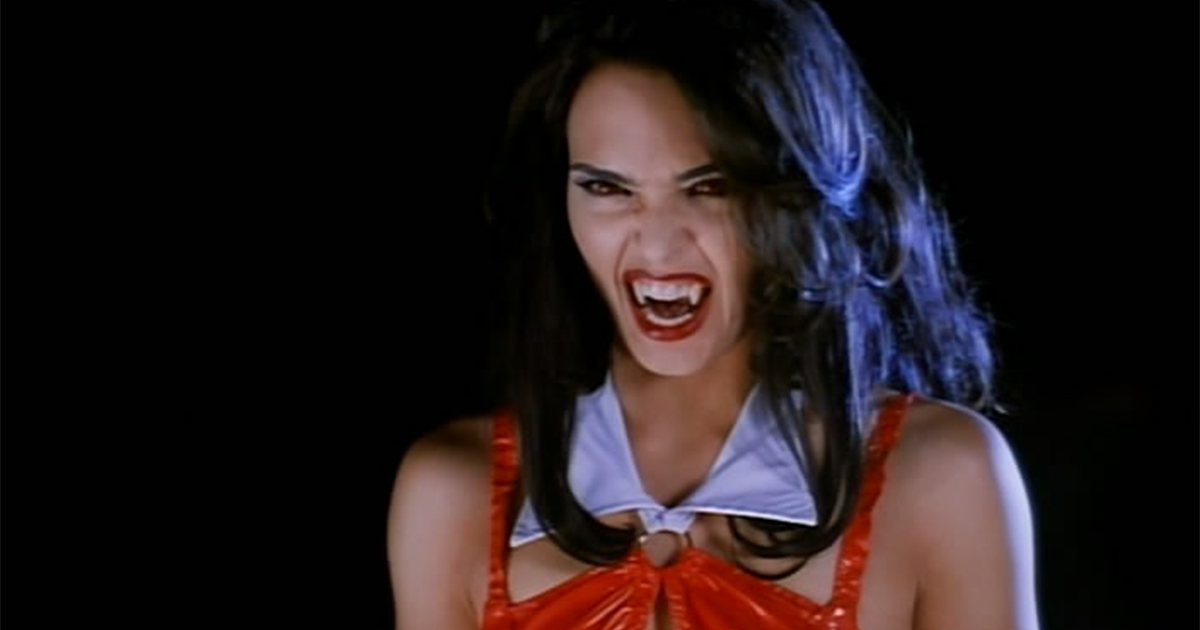
Two years before Blade hit screens, another vampiric comic book character was brought into live action to considerably less success. Produced by B-movie legend Roger Corman, 1996’s direct-to-video movie Vampirella brought the scantily clad alien bloodsucker to life in the form of Talisa Soto (Licence to Kill, Mortal Kombat). Noted for her blend of sexiness, scariness and humour, Vampirella has long been popular with comics fans and cosplayers. Sadly, this half-baked hodge-podge of a superhero/horror movie crossover totally fails to do the character justice, and little about the film proves memorable aside from a ridiculously hammy performance from rock star-turned-actor Roger Daltrey as the bad guy.
Orgazmo (1997)
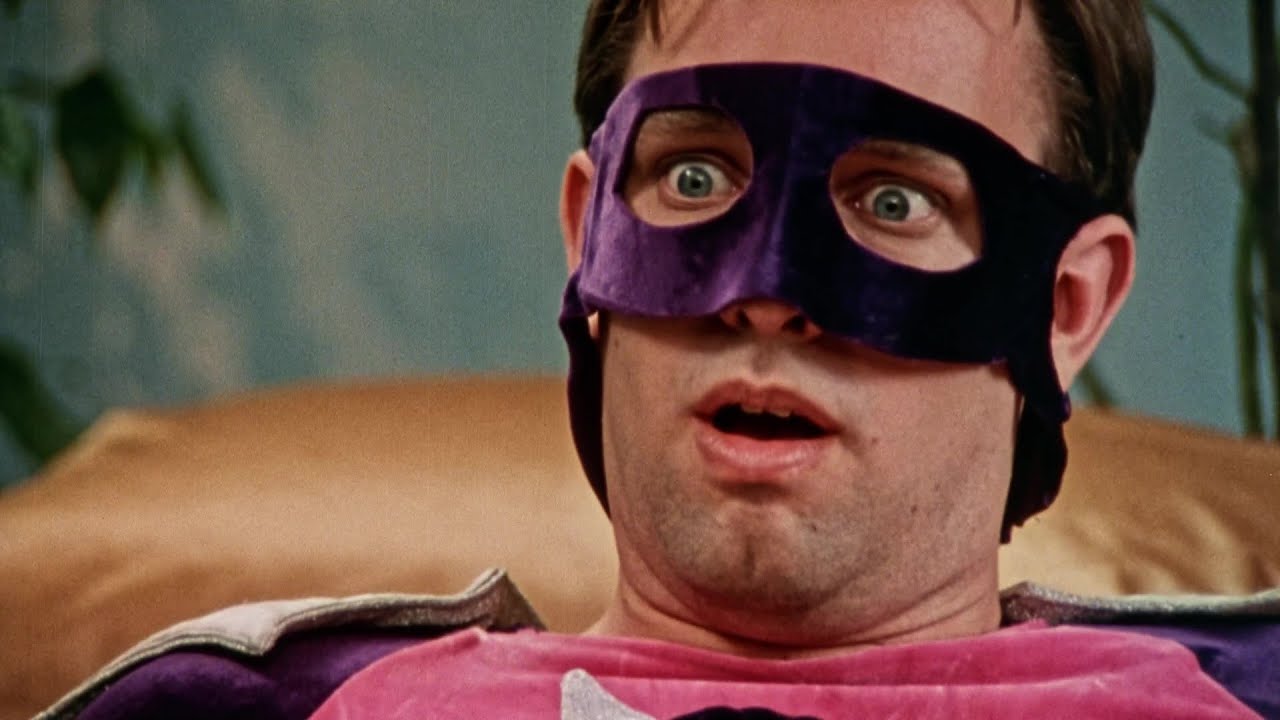
One would hope that the title alone should make it abundantly clear that – unless you’re a very, very liberal parent – you don’t want your kids watching this particular superhero movie. Written, directed by and starring Trey Parker, with Matt Stone in a supporting role, Orgazmo landed in cinemas not long after Parker and Stone’s iconic cartoon series South Park first hit the air. This satirical, slapstick superhero story casts Parker as a well-mannered religious young man who unwitting stumbles into the world of adult film, where he is cast as Orgazmo, a superhero with very X-rated powers. When things take a dark turn, our hero is forced to become Orgazmo for real to save his kidnapped bride-to-be.
The Specials (2000)
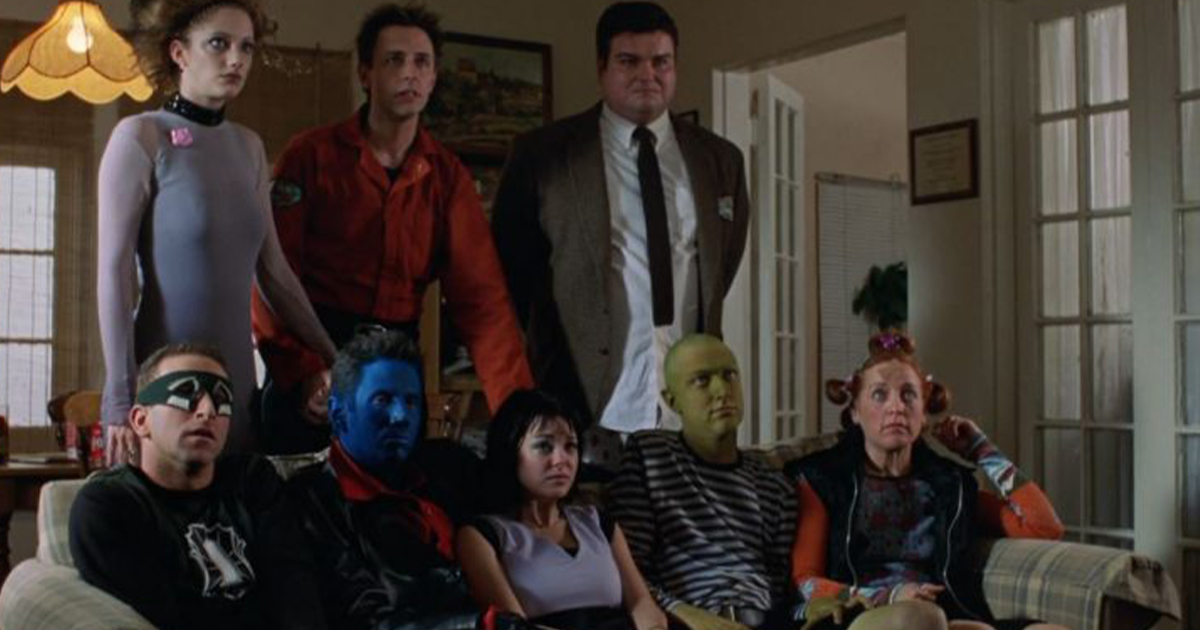
Back in 2000, the modern wave of superhero movies was only just beginning with the release of the original X-Men – but that didn’t mean the genre wasn’t already ripe for a send-up. Low budget comedy The Specials does just that, presenting a more down-to-earth and considerably more potty-mouthed take on what life with a team of superheroes might be like. The Specials didn’t set the world on fire on release, nor does it hold up particularly well today. However, it is noteworthy as an early screenwriting credit from James Gunn (Super, Guardians of the Galaxy, The Suicide Squad), who also takes an acting role alongside brother Sean Gunn.
Guyver: Dark Hero

1994’s Guyver: Dark Hero is a direct sequel to 1991’s The Guyver, based on the Japanese manga and anime series Bio Booster Armour Guyver. The story centres on an unassuming young man who finds himself merged with alien technology which turns him into an armoured superhero, and plunges him into a war against mutant aliens secretly living on Earth. The original 1991 film (one of the first live-action American movies based on a manga) irritated some fans by taking a light-hearted tone, with lots of juvenile humour. By contrast, Guyver: Dark Hero lives up to its name by making things a whole lot darker and gorier. Lead actor David Hayter later had a bigger impact on superhero movies as the screenwriter of the first two X-Men movies and Watchmen.
Faust: Love of the Damned (2000)
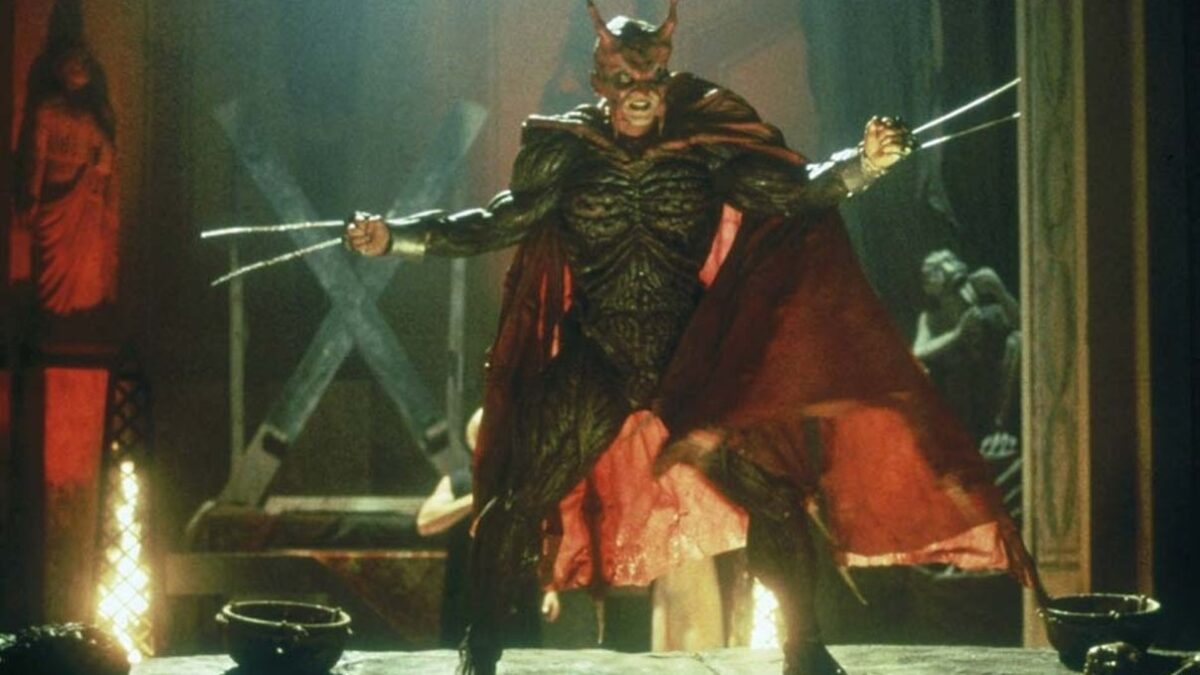
Horror director Brian Yuzna (Bride of Re-Animator, Society) tried his hand at something a little more superhero-ish with this 2000 adaptation of Tim Vigil and David Quinn’s comic book. Similar in concept to both The Crow and Spawn (which had a PG-13 movie adaptation three years earlier), Faust: Love of the Damned follows a man who sold his soul to the devil in exchange for the power to take revenge on the gangsters who killed his girlfriend. With his muscle suit, classic cape (albeit one that appears to be made of skin) and his Wolverine-esque claws (just the two rather than three), Mark Frost’s Faust certainly has a superhero look about him. However, the diabolical twist isn’t the only thing marking this out as an adults-only affair, as there’s a ton of gore and a lot of nudity as well.
Sparks (2013)
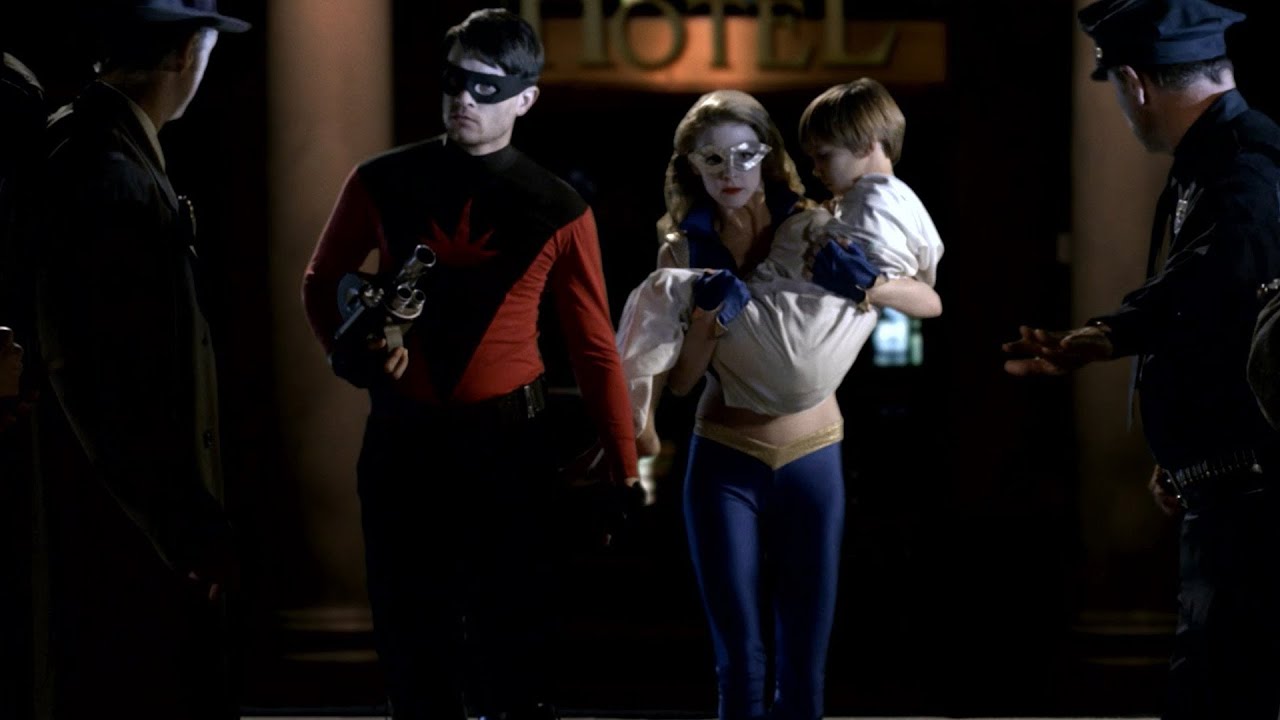
Adapted to the screen by writer-director Christopher Folino from his own graphic novel, 2013’s Sparks casts Chase Williamson in the title role of Ian Sparks, an old-fashioned good guy superhero who is gradually pushed over the edge by a supervillain who takes things too far. Attempting a Sin City-esque neo-noir aesthetic, Sparks tries hard to present a new and interesting take on the tortured, gritty superhero trope. Unfortunately, the story fails to break any new ground, and the film’s low production values mean that it also falls short on the visual spectacle that audiences expect from the genre.
The Matrix (1999)

As with RoboCop, we might debate whether or not sci-fi action thriller The Matrix really counts as a superhero movie, particularly as it isn’t adapted from an existing comic book. However, there’s no denying the influence of comics on the breakthrough film from writer-director duo the Wachowskis, and its hi-tech, CGI-driven action proved hugely influential on the superhero movies that followed. You might not have known that the Wachowskis have been accused of directly ripping off an existing comic book series, The Invisibles, which also featured leather-clad underground heroes battling villains who manipulate reality. The Invisibles’ creator Grant Morrison has never taken legal action on the matter but has spoken out about the similarity between the projects.
Black Scorpion
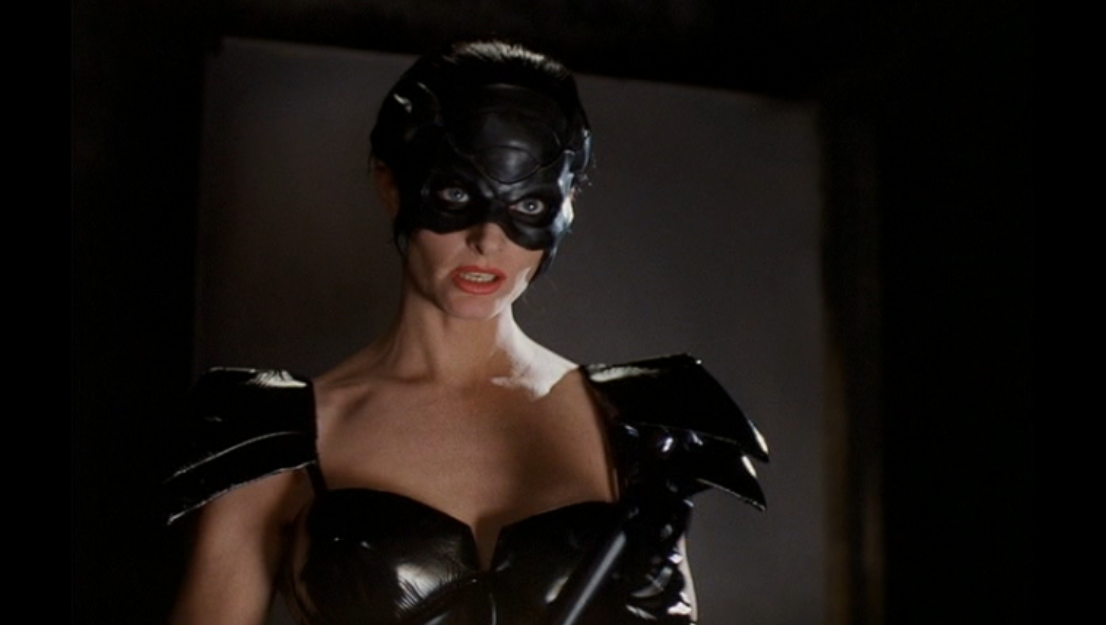
Black Scorpion follows the adventures of Darcy Walker, a police detective who uses her secret superhero late ego to solve crimes across the city. While it’s not clarified that Walker has any actual superhuman powers, she manages to take on villains with a mixture of martial artists, agility and guts. Unlike other, serious, superhero films, Black Scorpion embraces vintage camp traditions.
Officer Downe
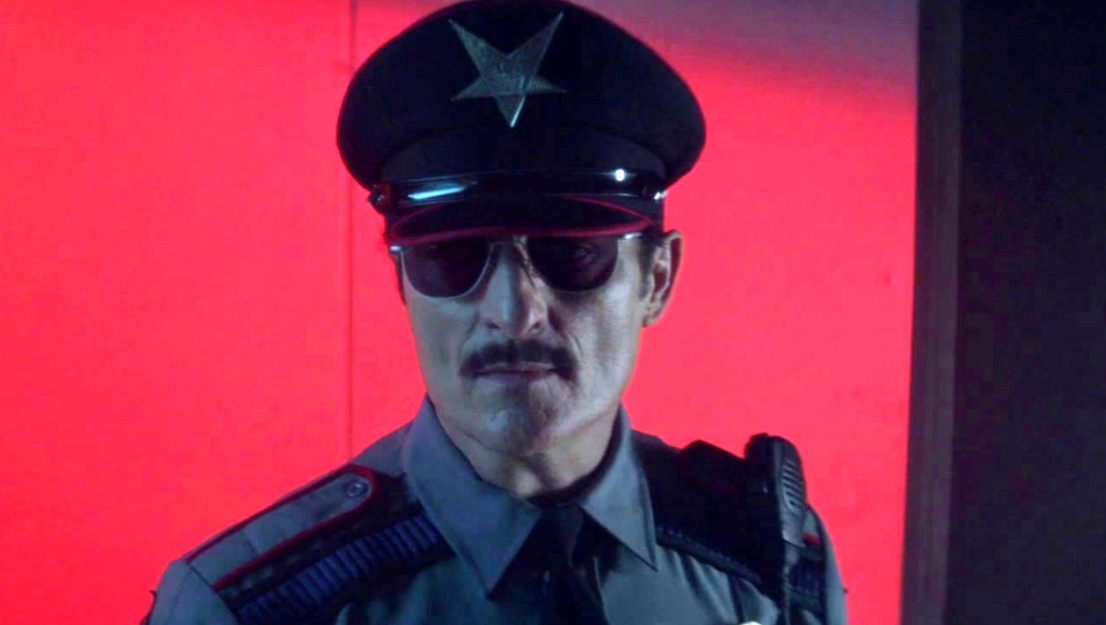
“I’ve got the badge and I’ve got the will,” Officer Downe tells us. “I am LAPD, so let me show you how it’s done.” He’s the best cop in the force, never allowing anything to get in the way of justice, even in death. Officer Downe repeatedly comes back from the dead to fight crime and restore peace to Los Angeles in this widely-panned 2016 flick.
Alter Egos
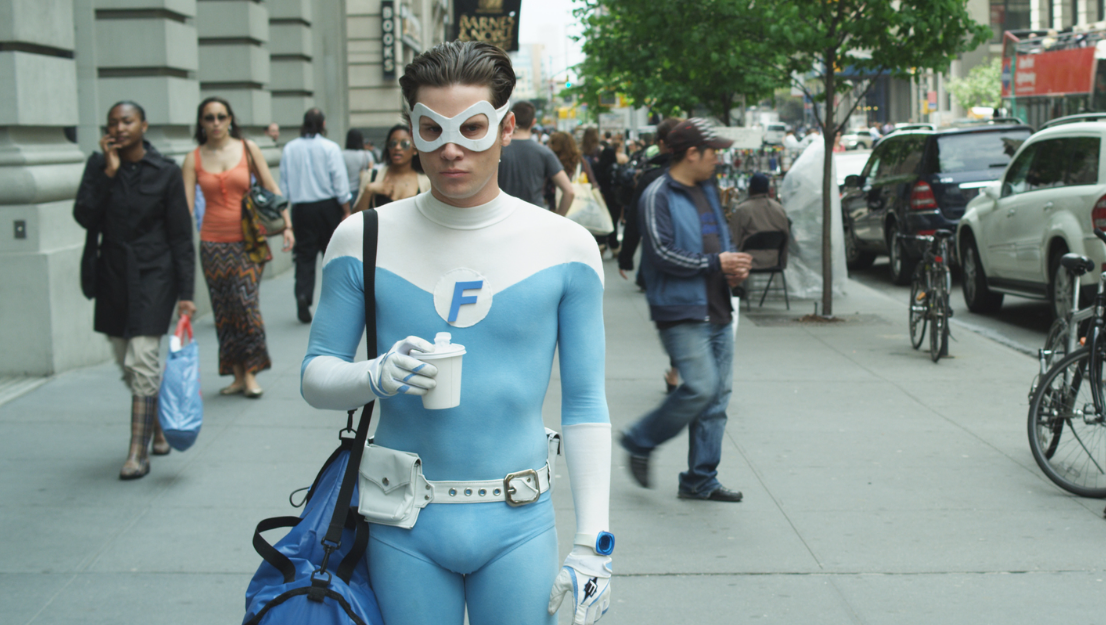
Fridge, like his contemporaries, is a superhero living in a world that is hostile to superheroes. They’ve lost all public support and government funding. Throughout the story, Fridge must face the fact that this girlfriend loves his superhero identity more than his nerdy average self, and go one on one with his arch nemesis, the man responsible for his parent’s death. Alter Egos isn’t marvellous, but it’s worth a watch.
Deadpool 2
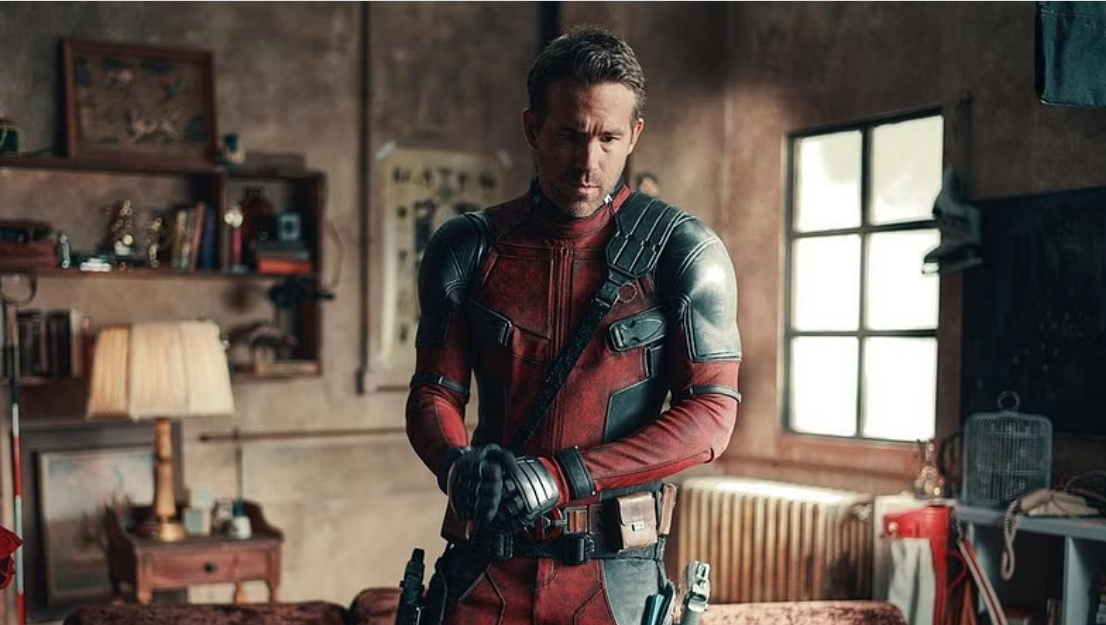
After losing Vanessa, the love of his life, while celebrating their anniversary, the fourth-wall-breaking, ball-busting Wade Wilson is forced to become Deadpool once again in this surprisingly good sequel. To accomplish his goals, he must assemble a team and protect the world from Cable, a stark, violent cyborg from the future.
The Hebrew Hammer
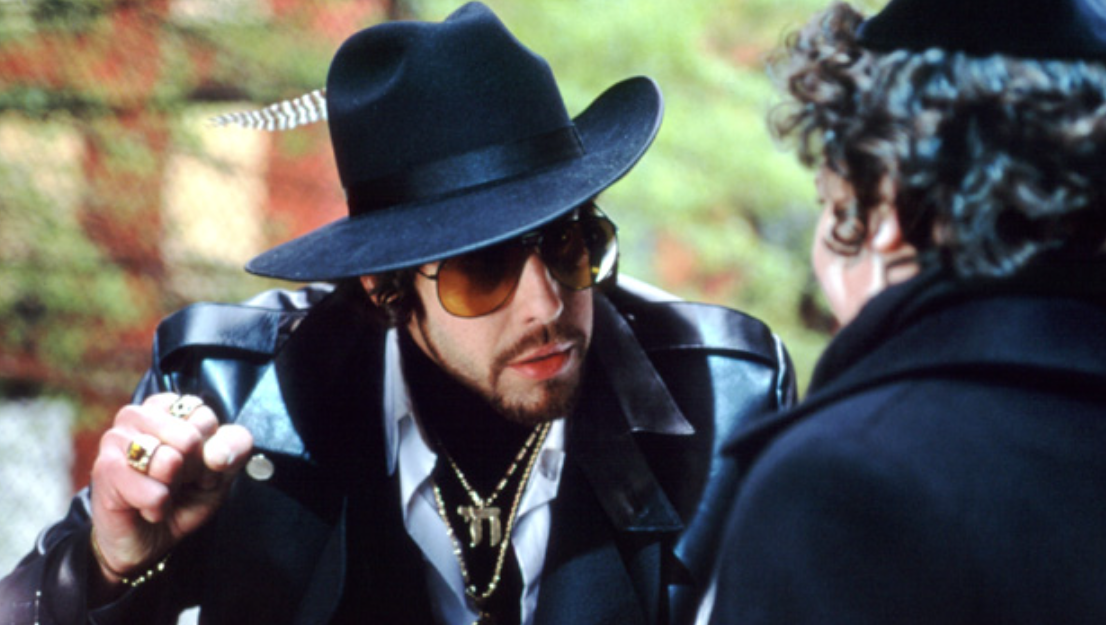
Mordechai Carver is tormented as a child for being Jewish by his gentile, Christian classmates and community. In adulthood, a strong veteran of the Israeli Defence Force, Mordechai now calls himself the Hebrew Hammer, doing all he can to defend his fellow Jews from ridicule and harm. Damian Claus, the sordid offspring of Santa Claus, stands in his way in this comedy cult classic.
Shazam!
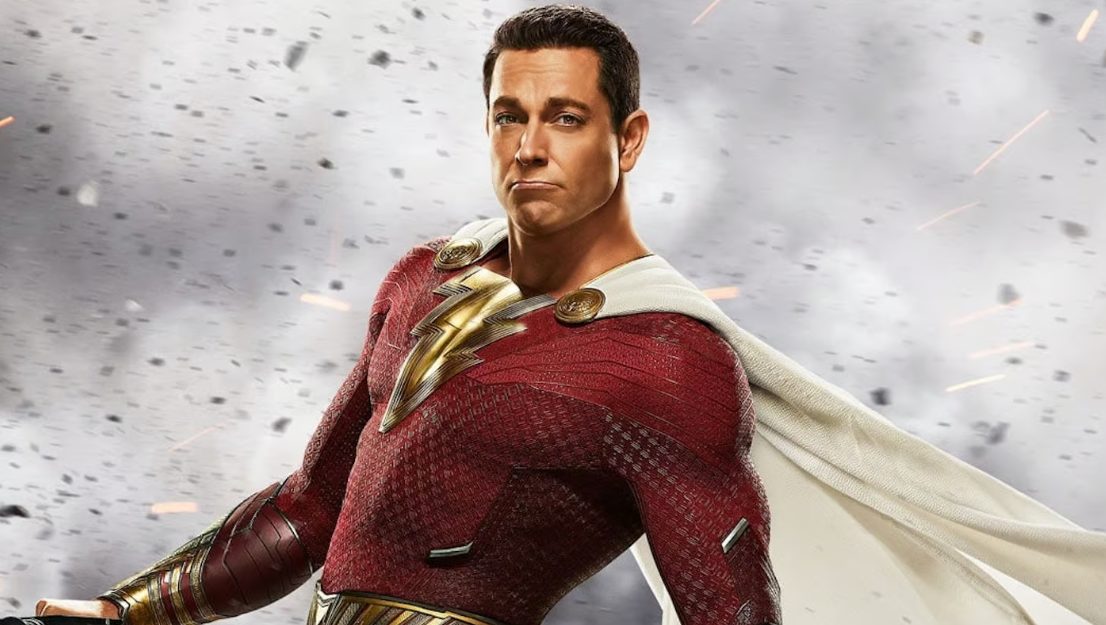
This 2019 film follows the story of teenage Billy Batson, who can transform into his adult superhero alter ago Shazam by simply saying the word ‘Shazam’ out loud. Endowed with the powers of the gods, he and a few other superheroes are pitted against a nasty trio of ancient gods who arrive on Earth to retrieve the magic stolen from them long ago. Shazam! is a lighthearted and irreverent spin on the superhero genre.
Hancock
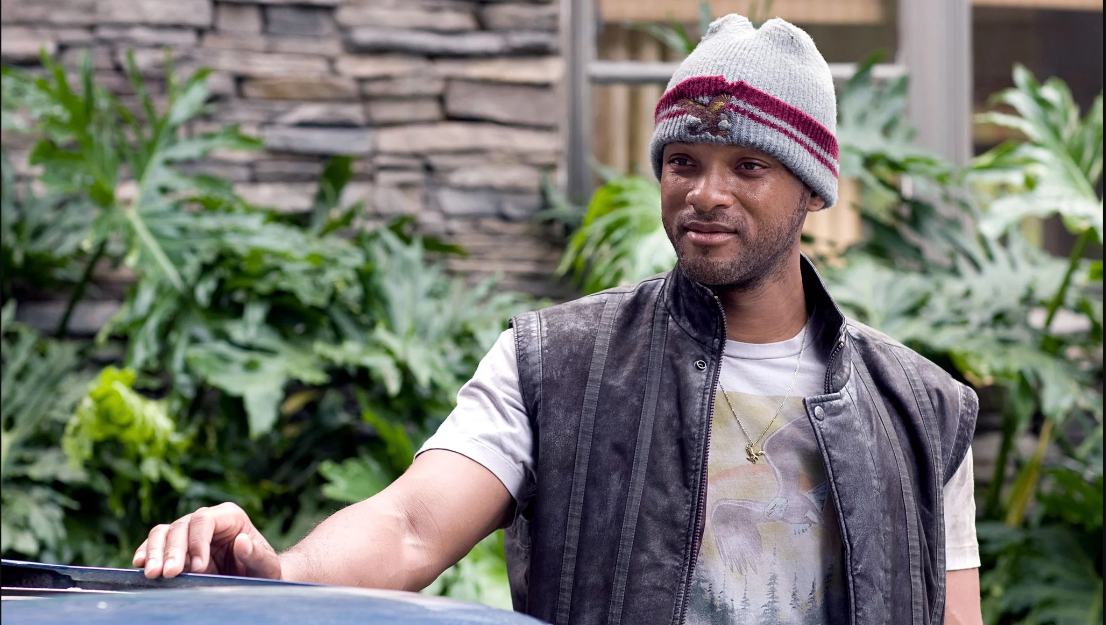
Vigilante superhero and boozehound John Hancock’s (Will Smith) reckless bravado routinely costs Los Angeles millions of dollars in damage. One day, after saving a man called Ray Embrey, he is encouraged to change his public image and fulfil his true worth. Hancock, written by Vincent Ngo in 1996, was suspended in development purgatory for ten years before going into production in 2007.
Venom 2
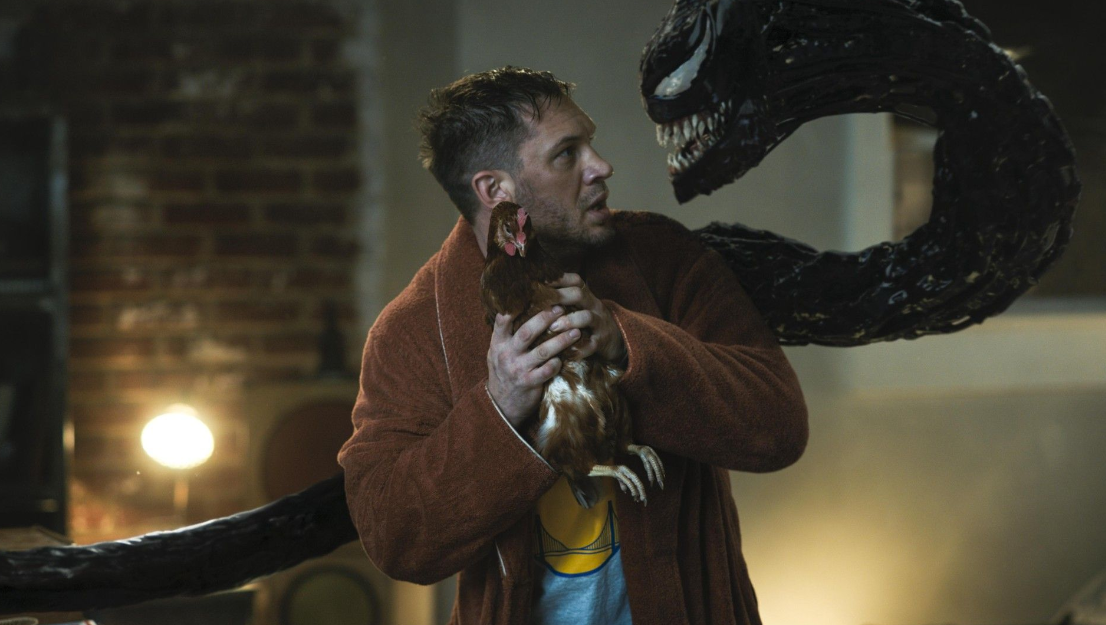
In this sequel, Eddie Brock tries to reignite his career by interviewing serial killer Cletus Kasady, only for him to become the host of a symbiote called Carnage after a failed execution. Still struggling to adjust to life as the host of his own alien symbiote Venom, Brock decides he has to team up with his lethal vigilante alter ego, to protect the city from the evildoing of Kasady and Carnage.
Danger: Diabolik
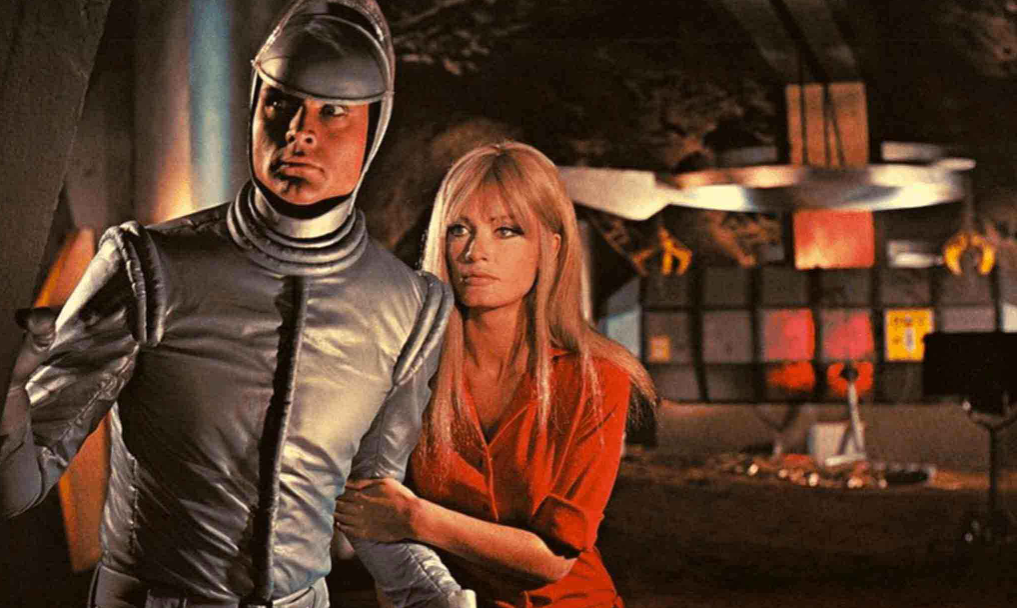
Not only is Danger: Diabolik one of the first instances of an adult superhero film, but an “artistic” one too. Director Mario Bava, who was brought on midway through this broke 60s production, added some much-needed fun and kitsch to this antihero story, turning it into a B-movie romp that sends up the camp, highly-sexualised European cinema of the day.
Arrow
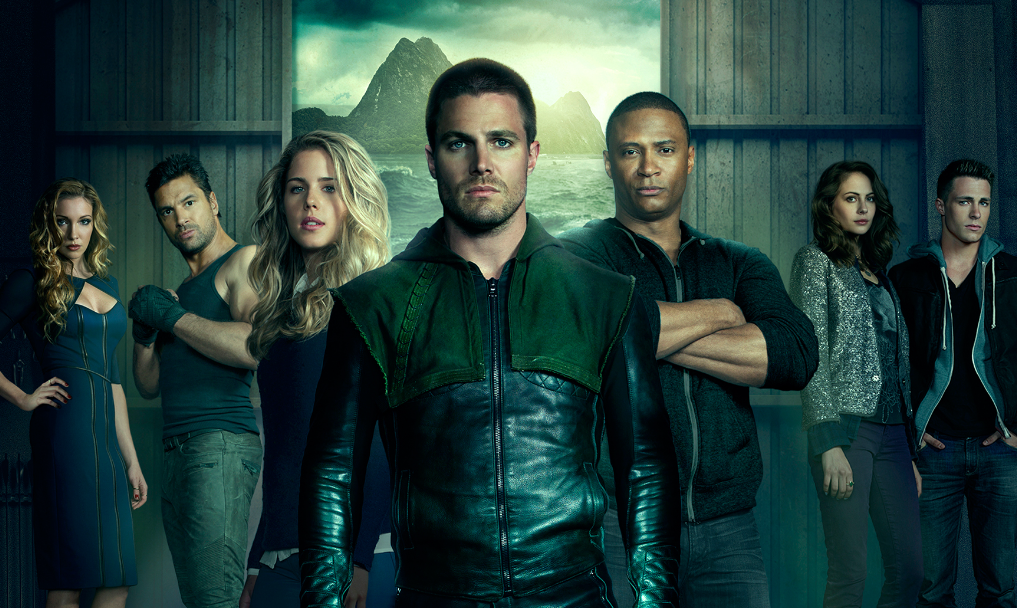
Arrrow tells the story of missing billionaire Oliver Queen, who returns to Star City after being presumed dead for five years. His home is overrun with crime and corruption, forcing him to use his skills as a bowman and martial artist to reestablish law and order. Arrow, which ran from 2012–2020, was lauded by critics and fans for staying true to the original comics.
I Am Not Okay with This
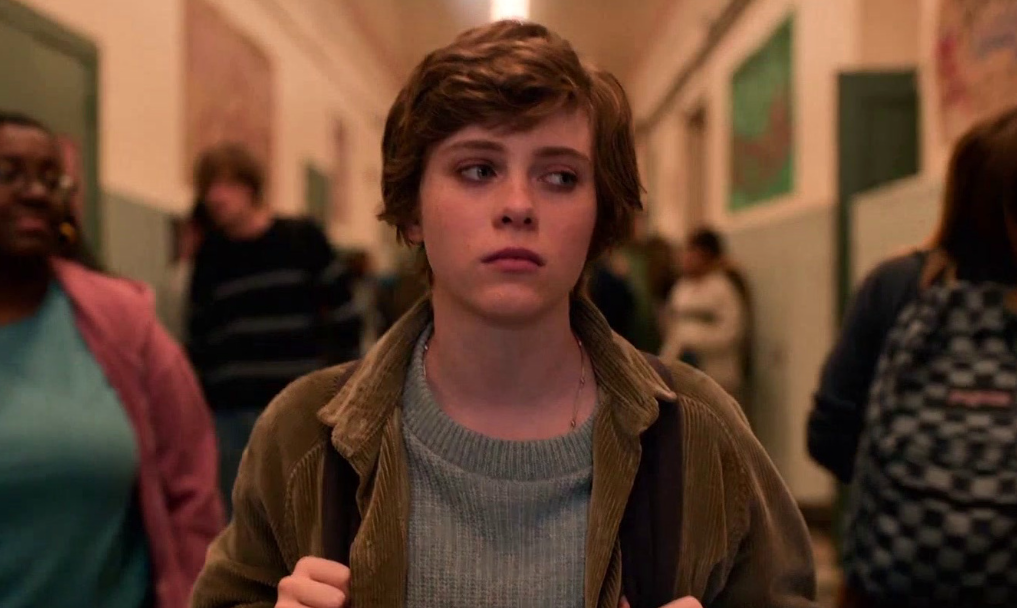
This kooky, origin story follows Sydney Novak, a 17-year-old high school student who develops telekinetic superpowers, which make her life as easy and hard as you can imagine when you’re grappling with fluctuating adolescent emotions. Based on the comic by Charles Forsman, I Am Not Okay with This was destined for a season 2, only to be thwarted by the COVID pandemic.
Legion
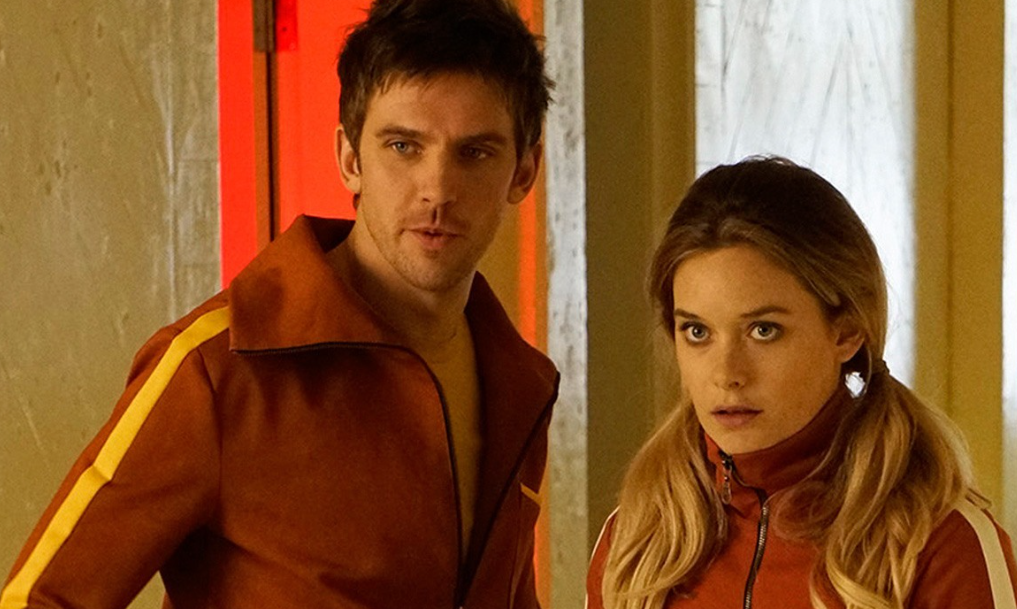
Concerning the messed-up son of Marvel’s legendary Charles Xavier, Legion tells the story of David Haller’s battle with the inheritance of his father’s powers and a case of schizophrenia. He struggles, not only with his incredible psychic abilities but against the likes of Amahl Farouk, a parasitic mutant hellbent on taking Haller out for good. Viewers were delighted with Legion.
Titans
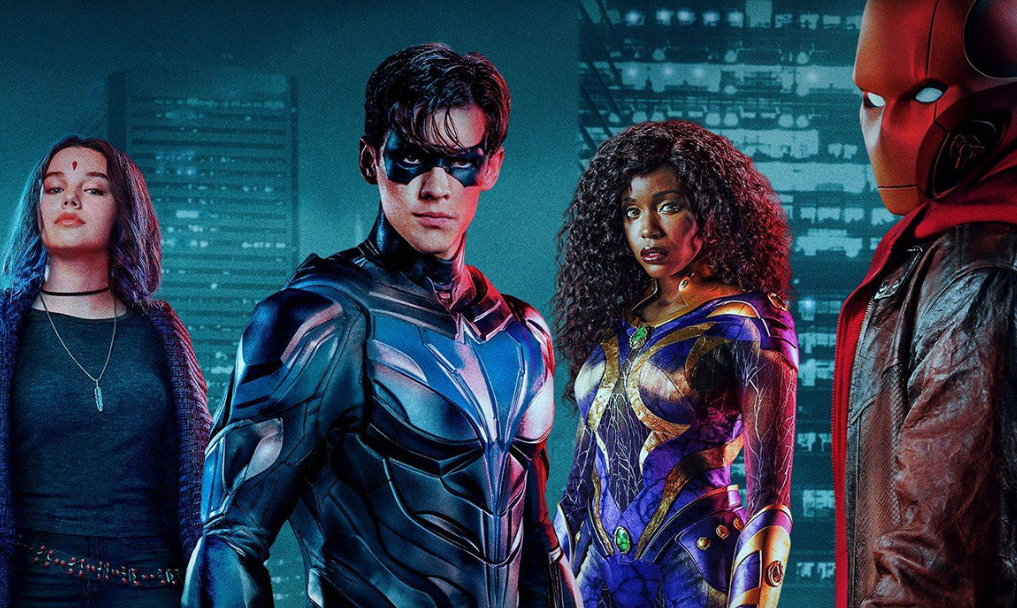
Following on from the more child-friendly Teen Titans adaptions, DC decided to take a more serious route with Titans. In this timeline, the teens reunite when circumstances leave them no other choice. Featuring fan favourites Dick Grayson, Rachel Roth and Donna Troy, Titans is a real treat for DC fans, jam-packed with easter eggs and nods. As of 2023, there are three seasons to enjoy.
Punisher
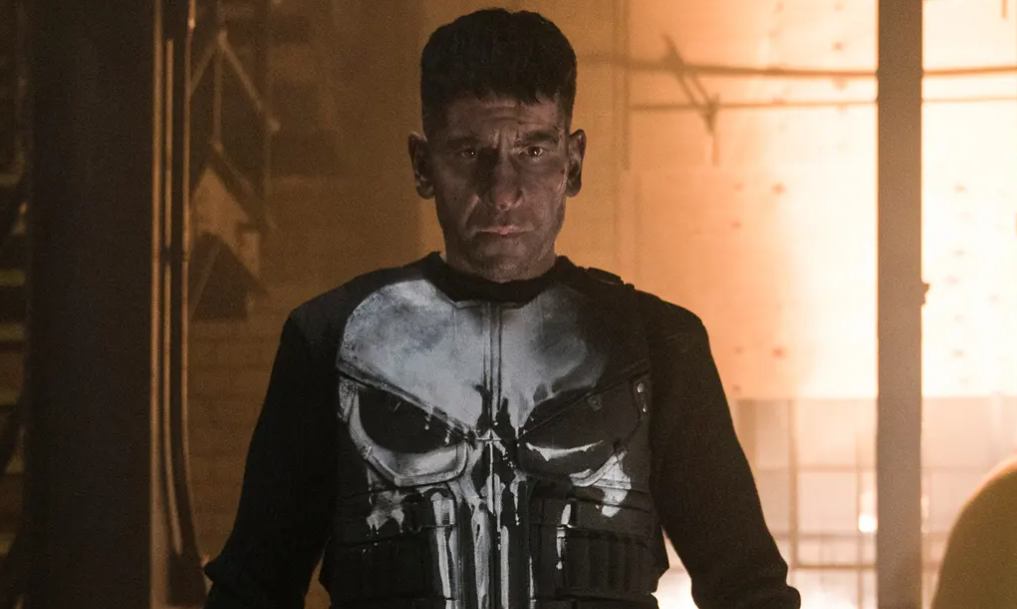
In this Punisher TV spin-off, Frank Castle (naturally ) spends his time punishing those responsible for the deaths of his family. Jon Bernthal is great as always, but the show is really complemented by the likes of Ben Barnes, Ebon Moss-Bachrach, Amber Rose Revah, and Daniel Webber. Punisher isn’t afraid to deal with the stark reality of PTSD, loss, guilt and revenge, making this a pretty R-rated affair.
Doom Patrol
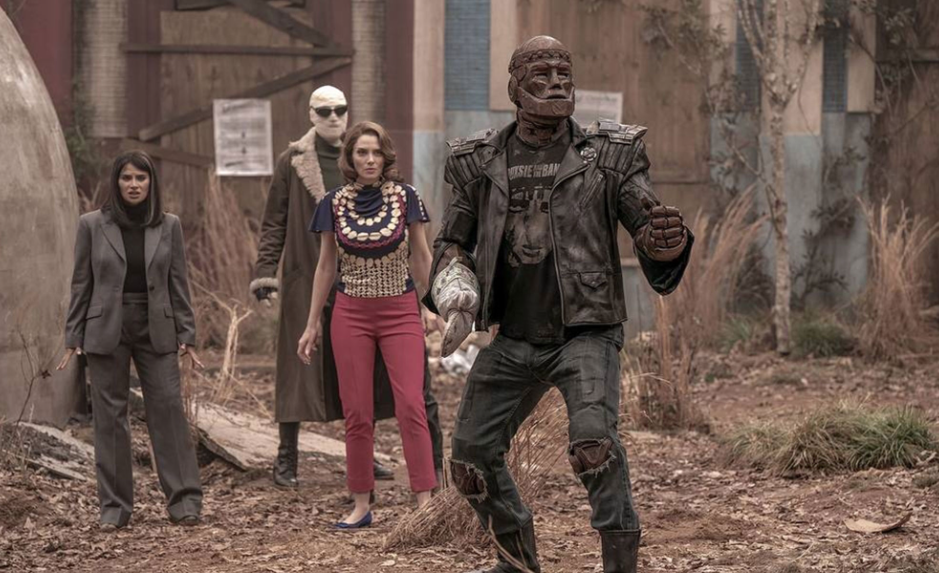
The Doom Patrol doesn’t fight crime that much, usually because it ends badly. These are superheroes that are not lionised in the aftermath of gaining powers. They’re alienated. Shunned by the society they are equipped to protect, this in turn makes for an interesting spin on the genre. Expect all kinds of weirdness in this series, including the brain of a race car driver trapped in a robot body.
Umbrella Academy
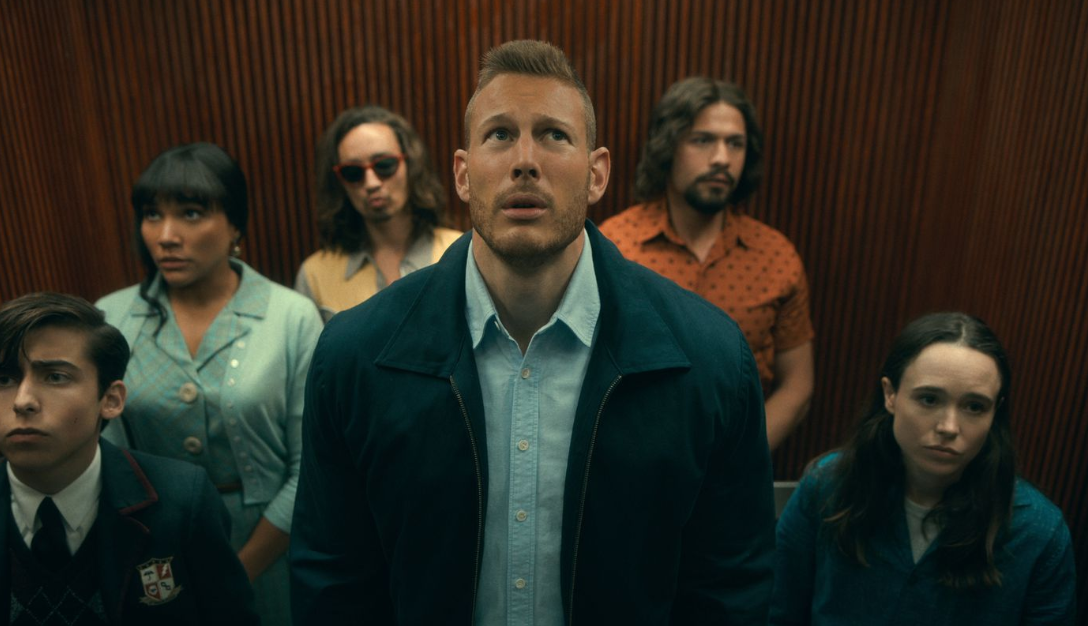
Seven gifted children are basically groomed by a kooky billionaire and trained to be heroes. 30 years later, the estranged members of what was coined the Umbrella Academy are reunited by a funeral and the apocalypse. Hilarity ensues. This Netflix adaptation, based on the Gerard Way comic of the same name (yep, him) proved to be one of the streaming service’s greatest superhero successes.
Peacemaker
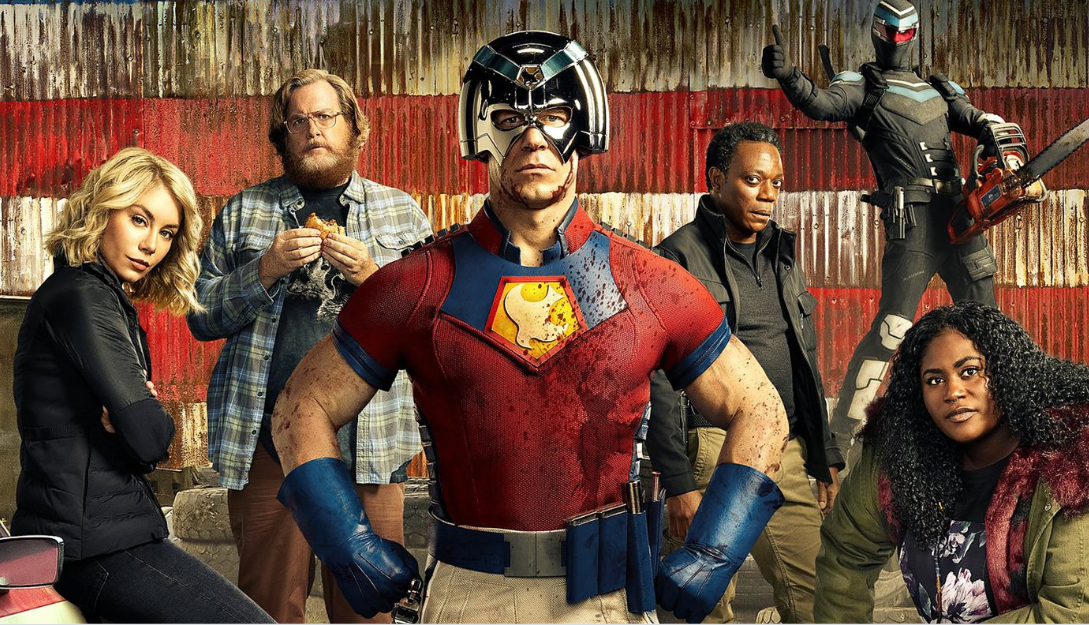
For a while, the first DCEU comic book series to arrive on HBO Max was expected to be Batman or the Green Lantern. No one was expecting a spin-off from The Suicide Squad. But it paid off, thanks to the direction of James Gunn and the charismatic performance of John Cena, among others. The mixture of humour, action and soul was met well with critics and fans alike, who can expect a new season soon.
The Boys
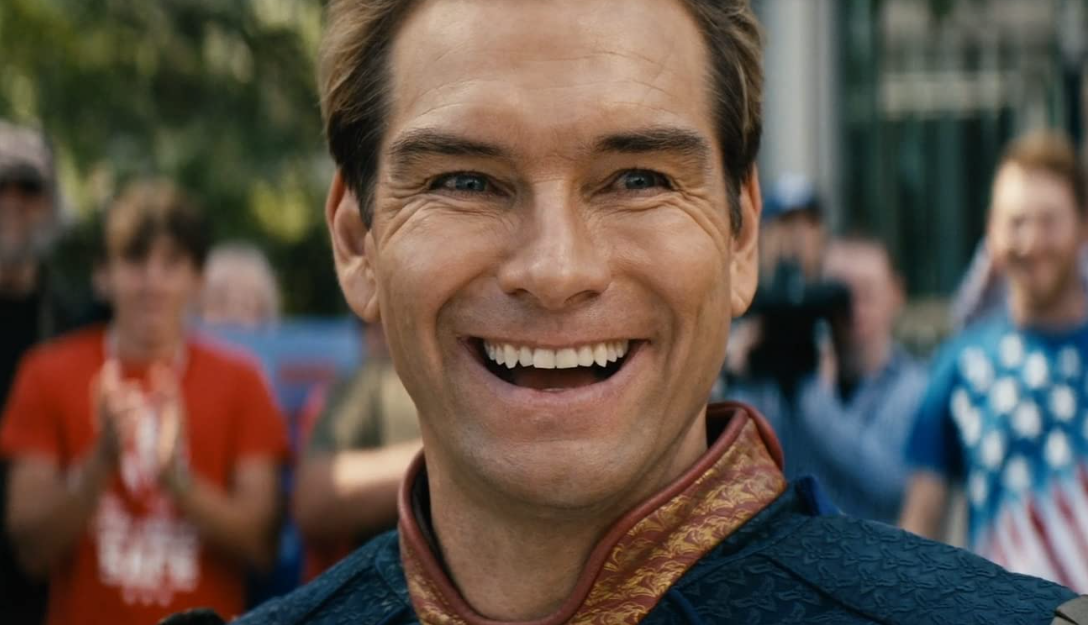
In The Boys, superheroes are the property of a powerful corporation called Bought International. They’re also pretty selfish, spending most of their time making music videos and movies than they do actually fighting crime. This makes for an extremely entertaining show that accurately depicts what would happen if people could suddenly come into extreme strength and influence.
Jessica Jones
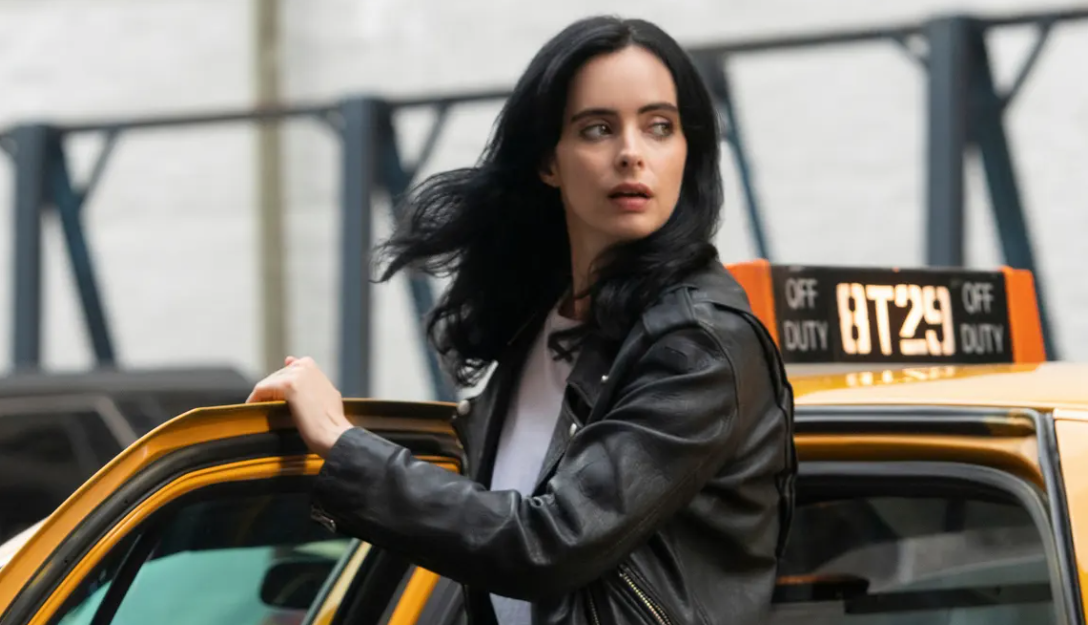
When we first meet Jessica Jones, we know she’s a private with superhuman strength who likes a drink now and then. As the story unfolds, we learn that she’s the victim of Kilgrave, a sadist who can make anyone do what he commands, including acts of a sexual and violent nature. Not only does Jones become his unwilling bedmate but she’s manipulated into committing murder. This is a sobering look at trauma through a superhero lens.
Luke Cage
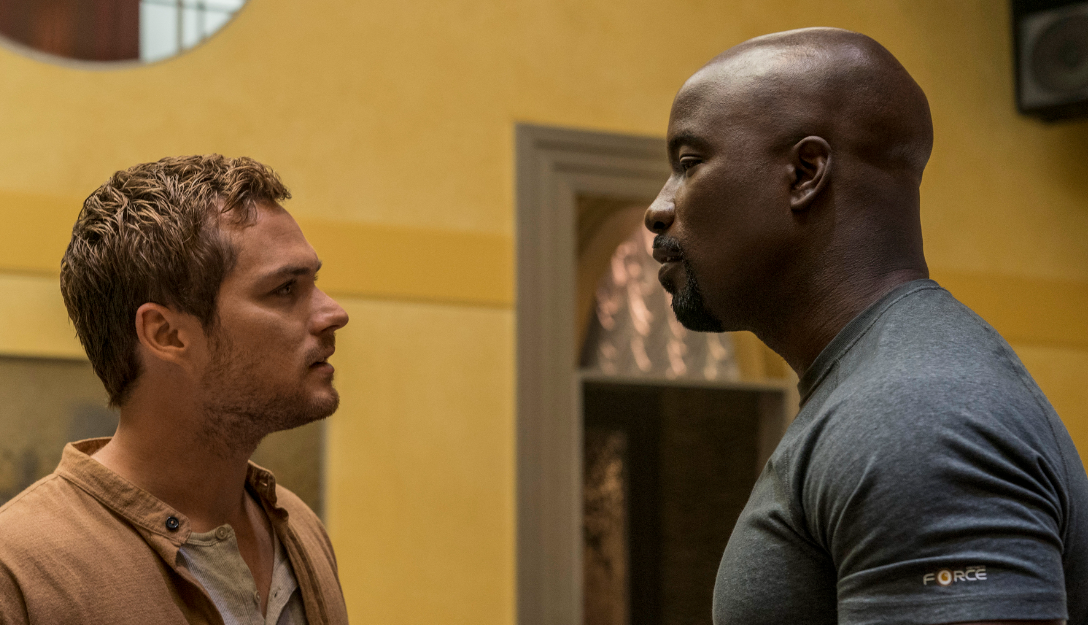
Luke Cage is framed for a crime in Harlem. After clearing his name, he becomes a local celebrity and hero, thanks to his additional superhuman strength and unbreakable skin. The reviews for this adaptation were mostly positive, with critics praising the performances, writing, soundtrack and perhaps most notably, its representation of black American culture. The NYT claimed it “succeeds where other Marvel shows have failed.”